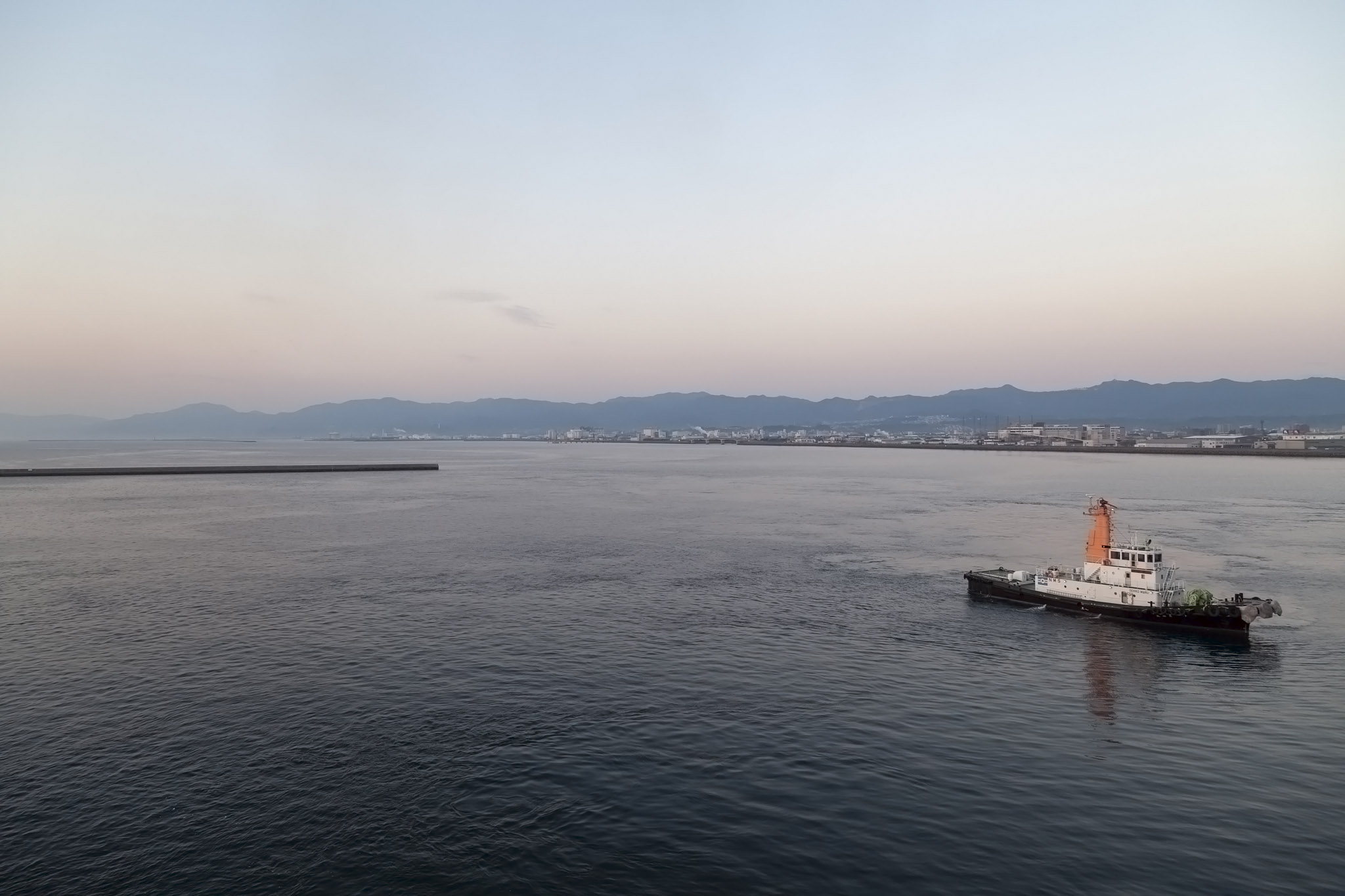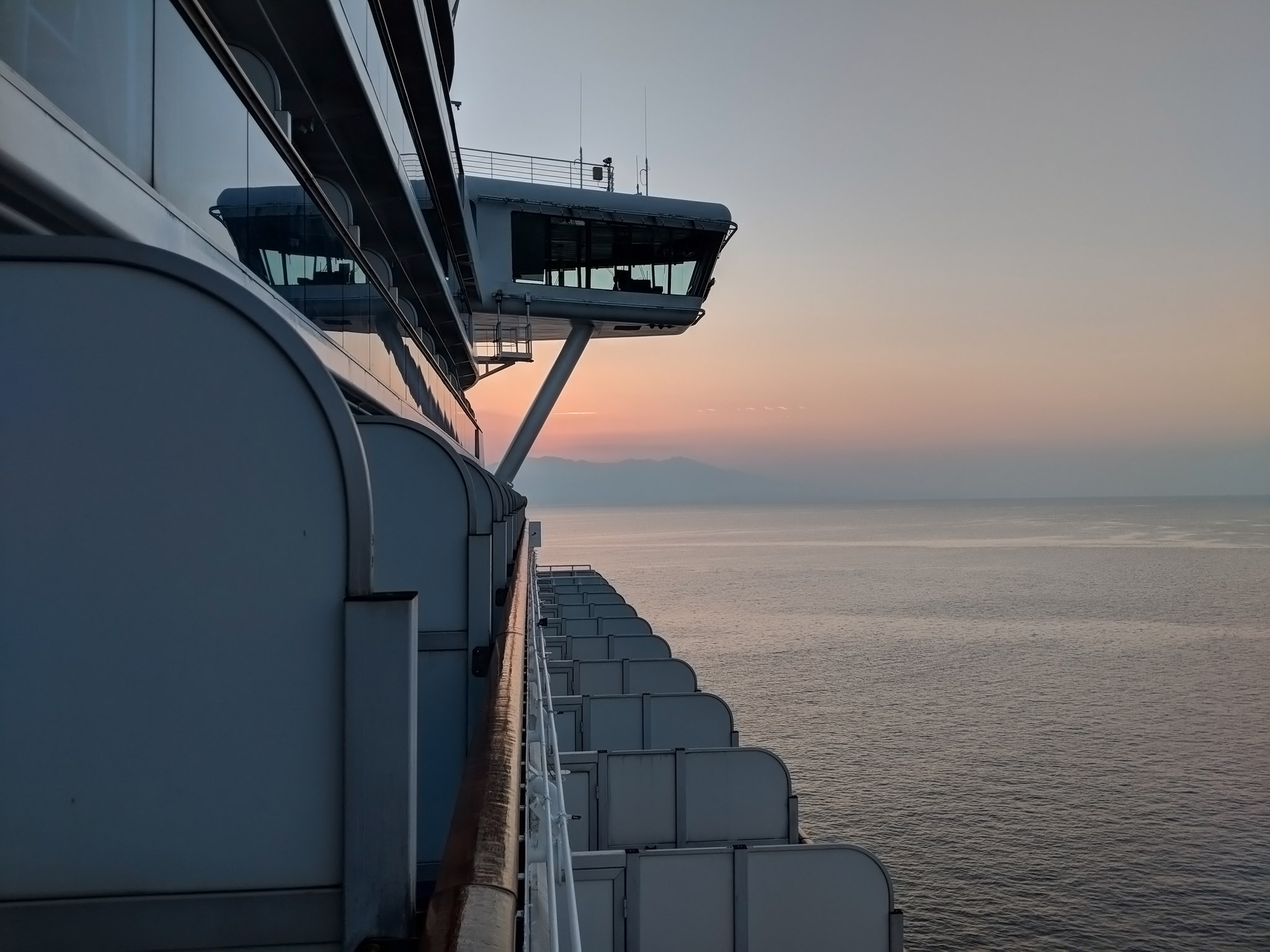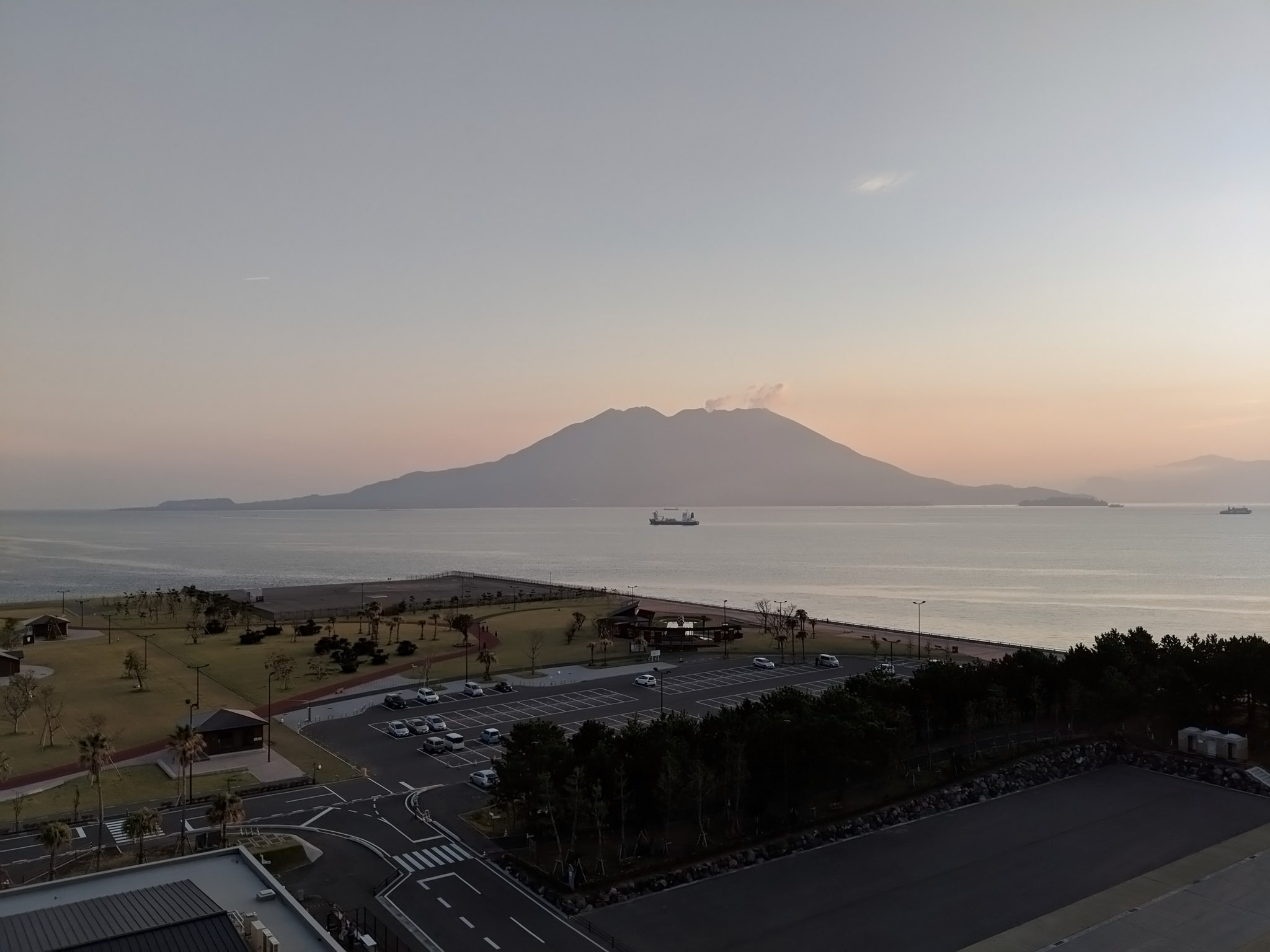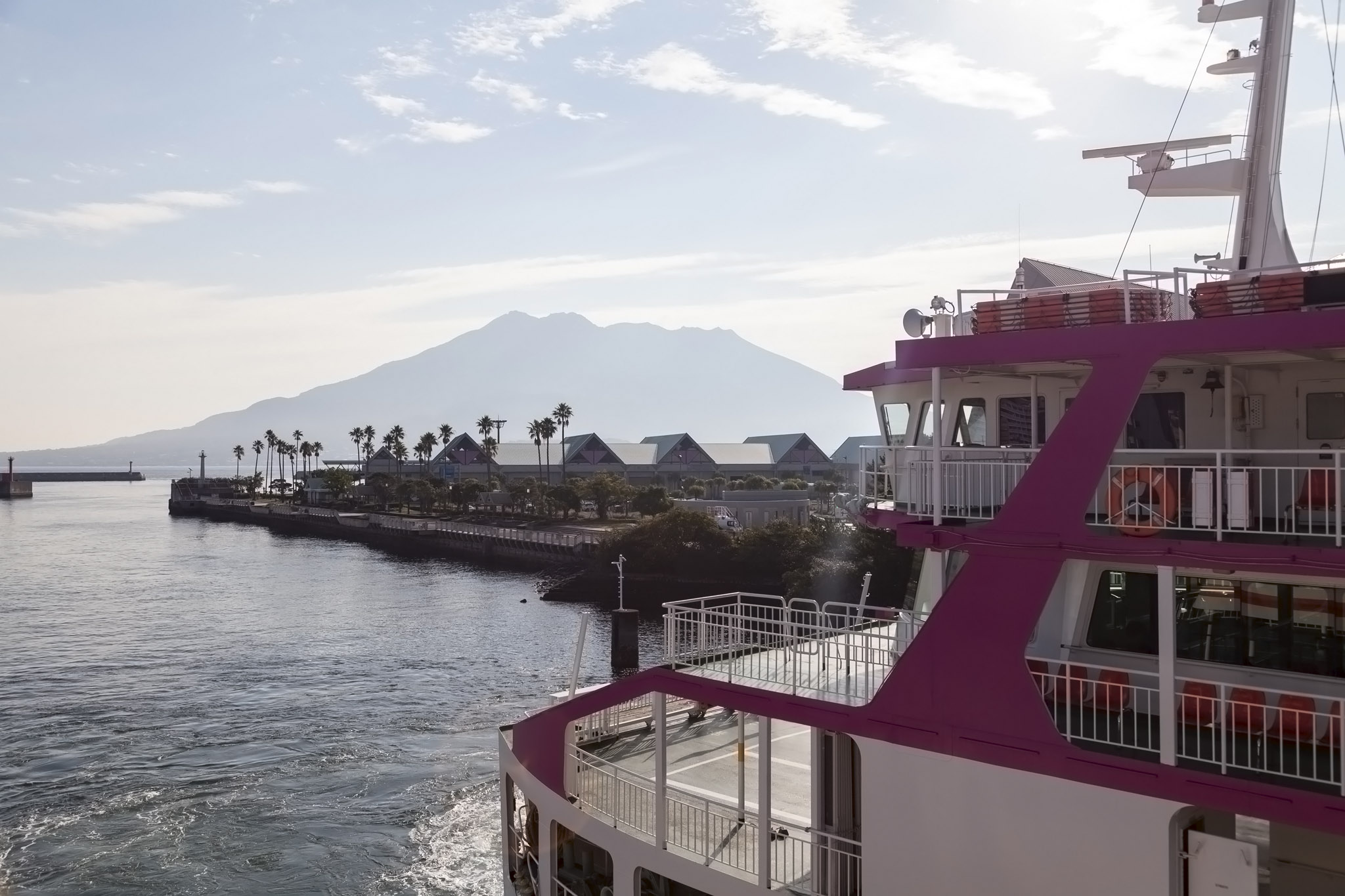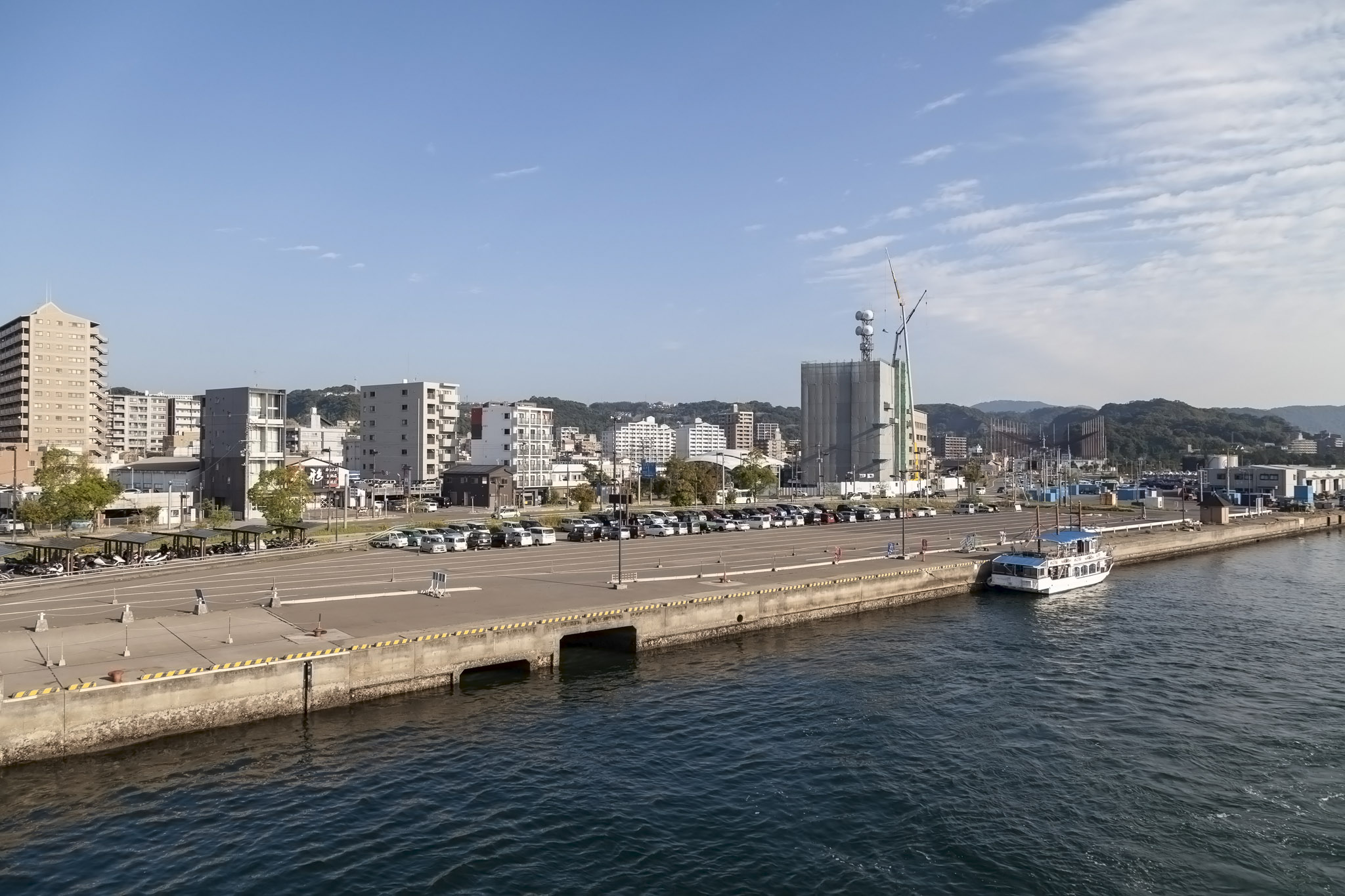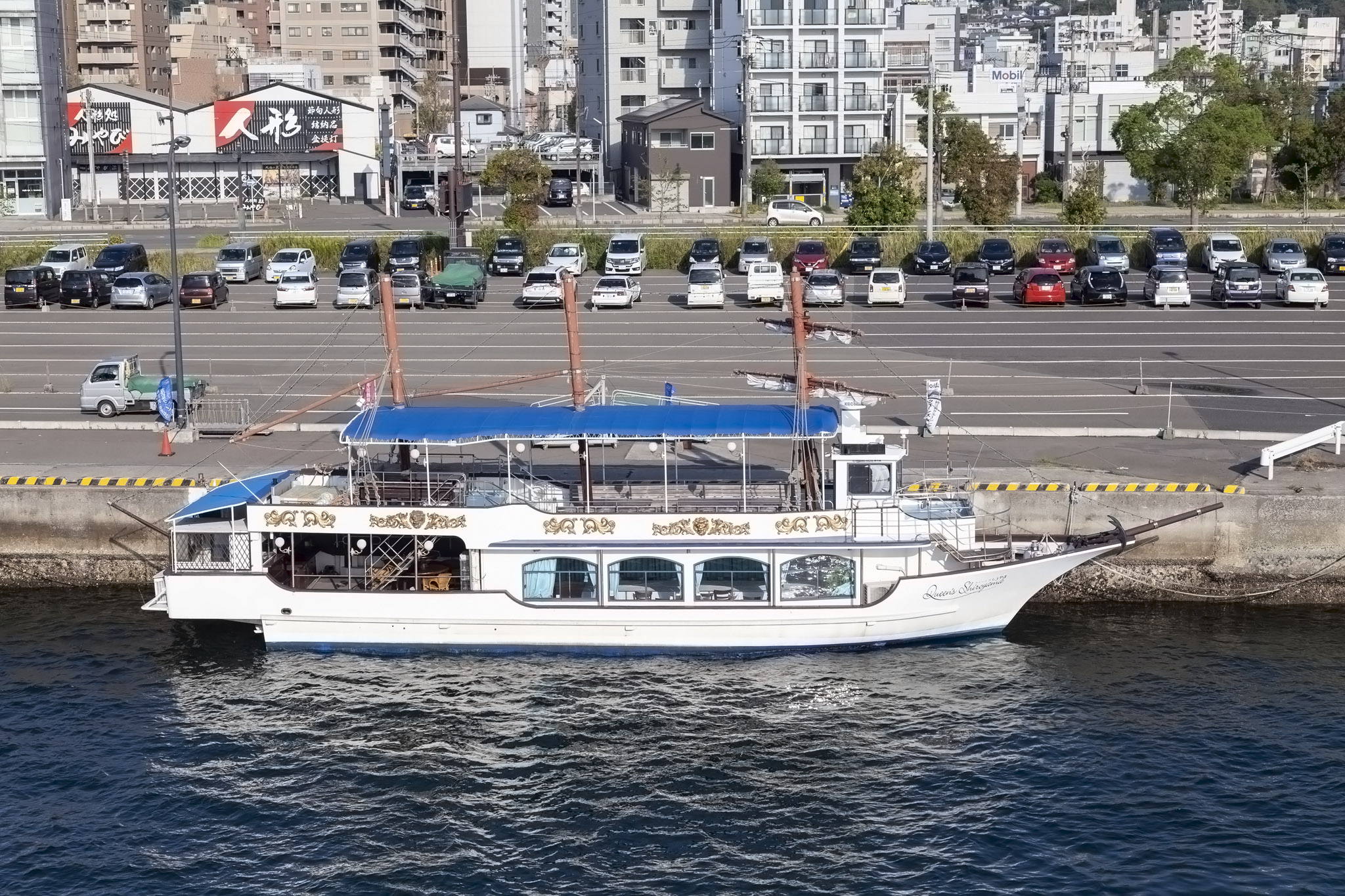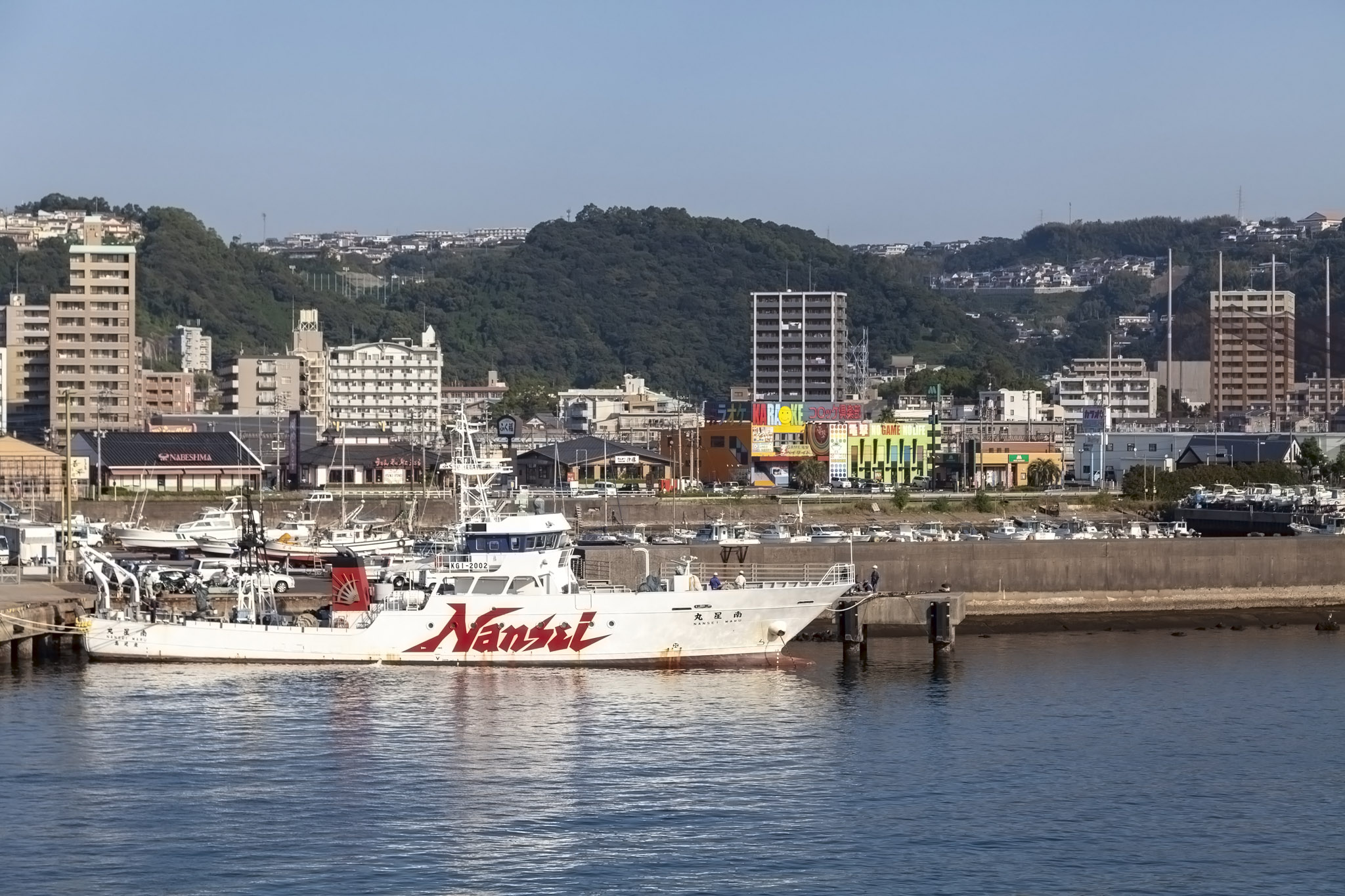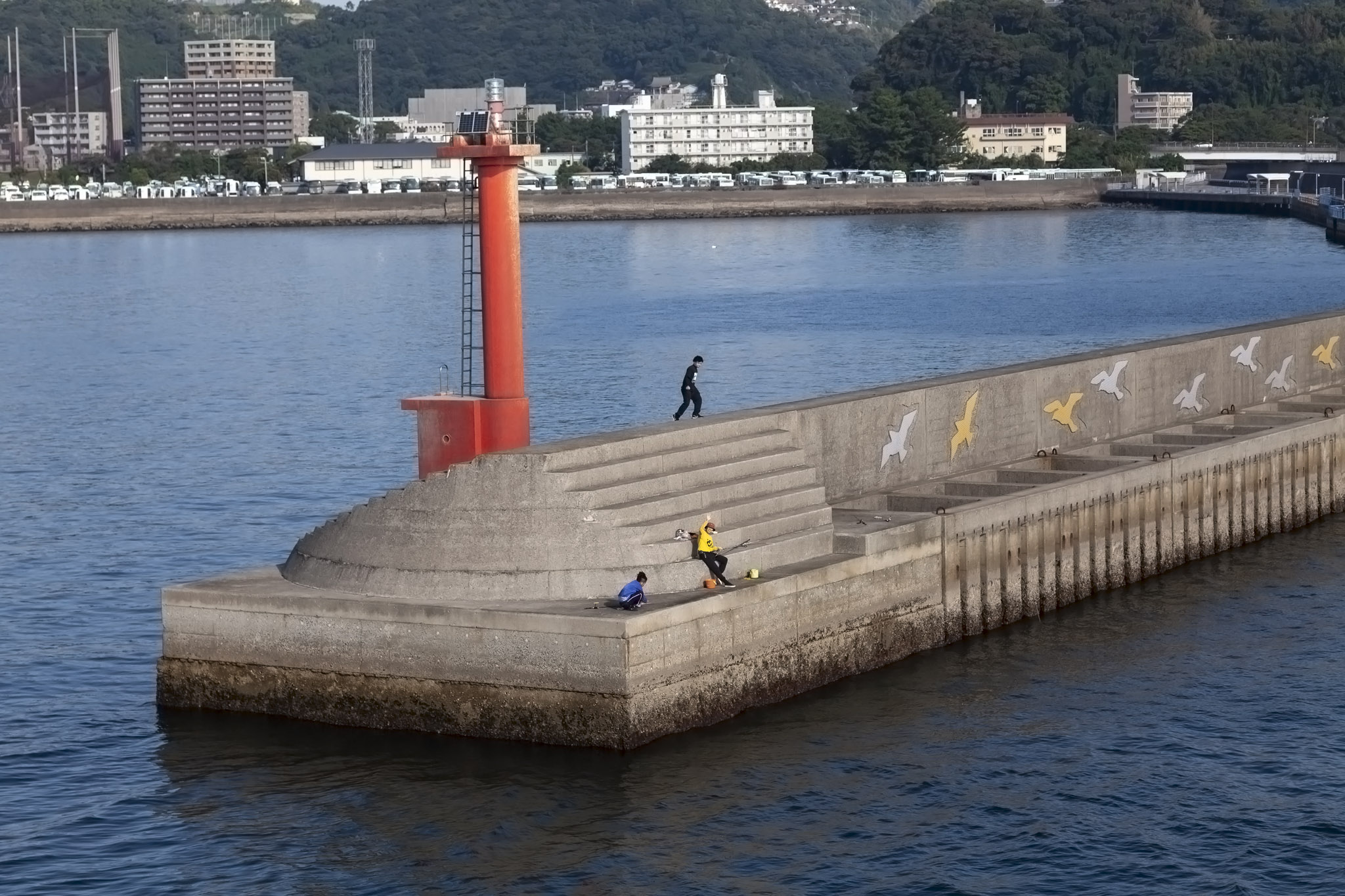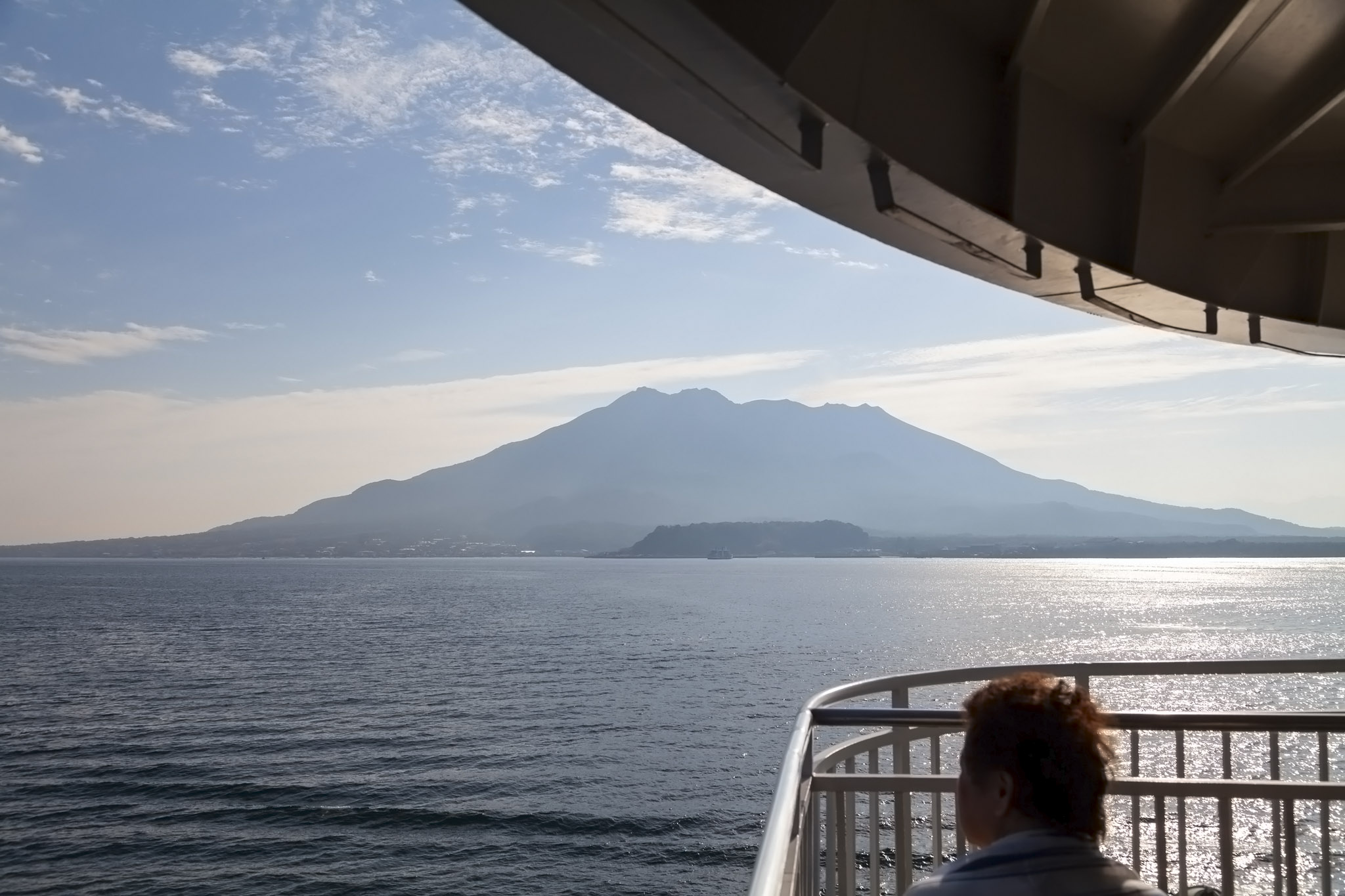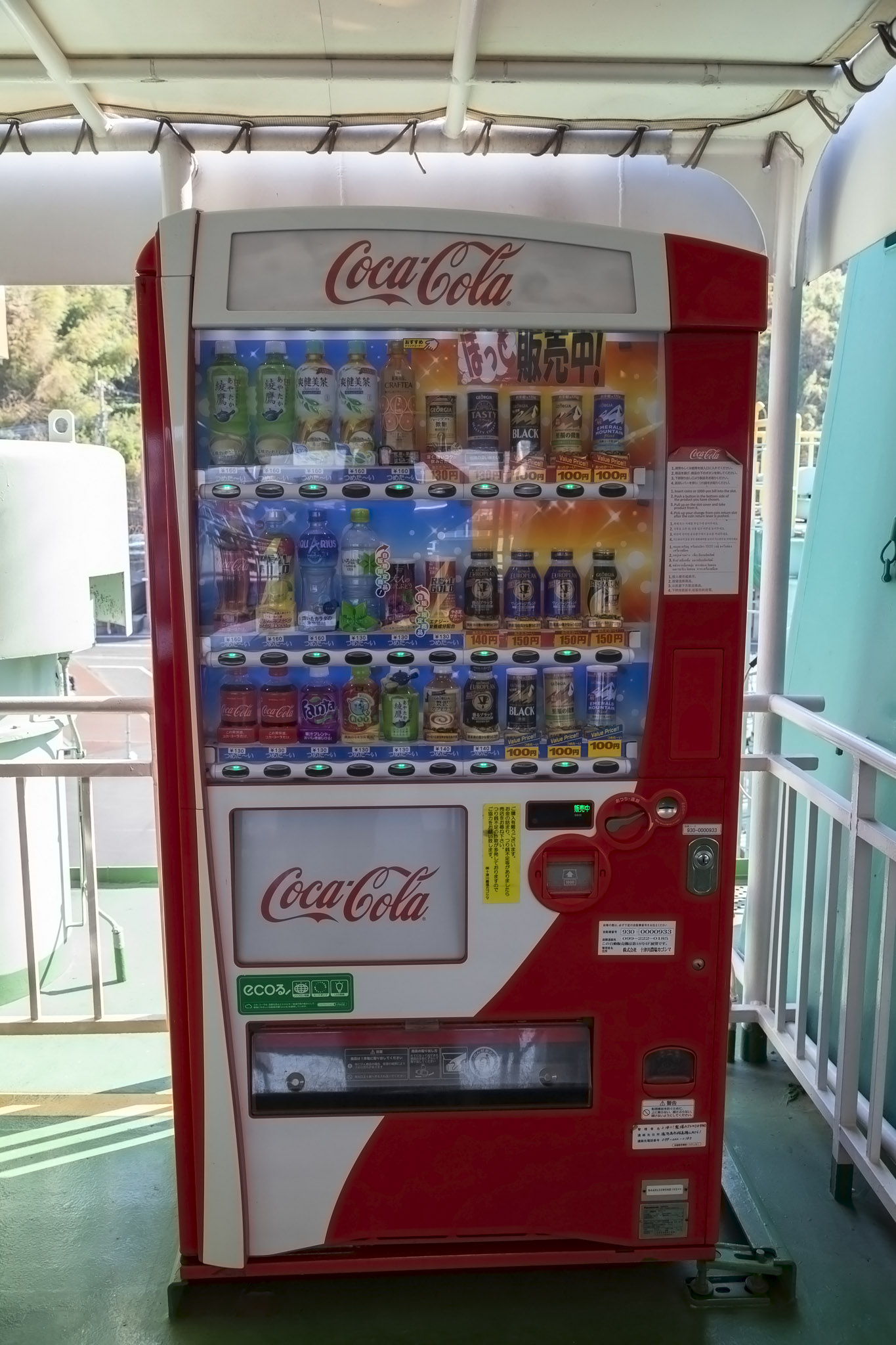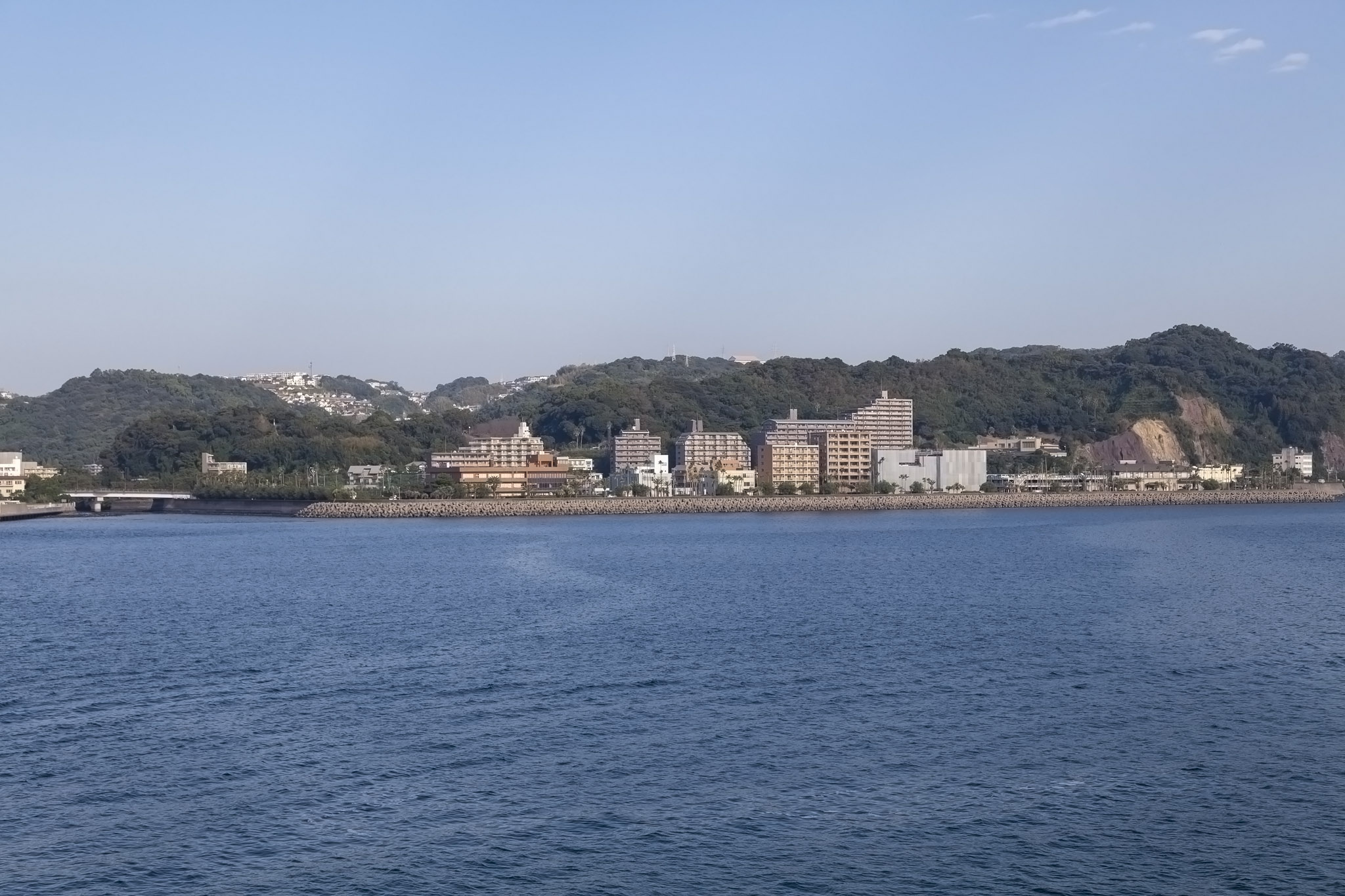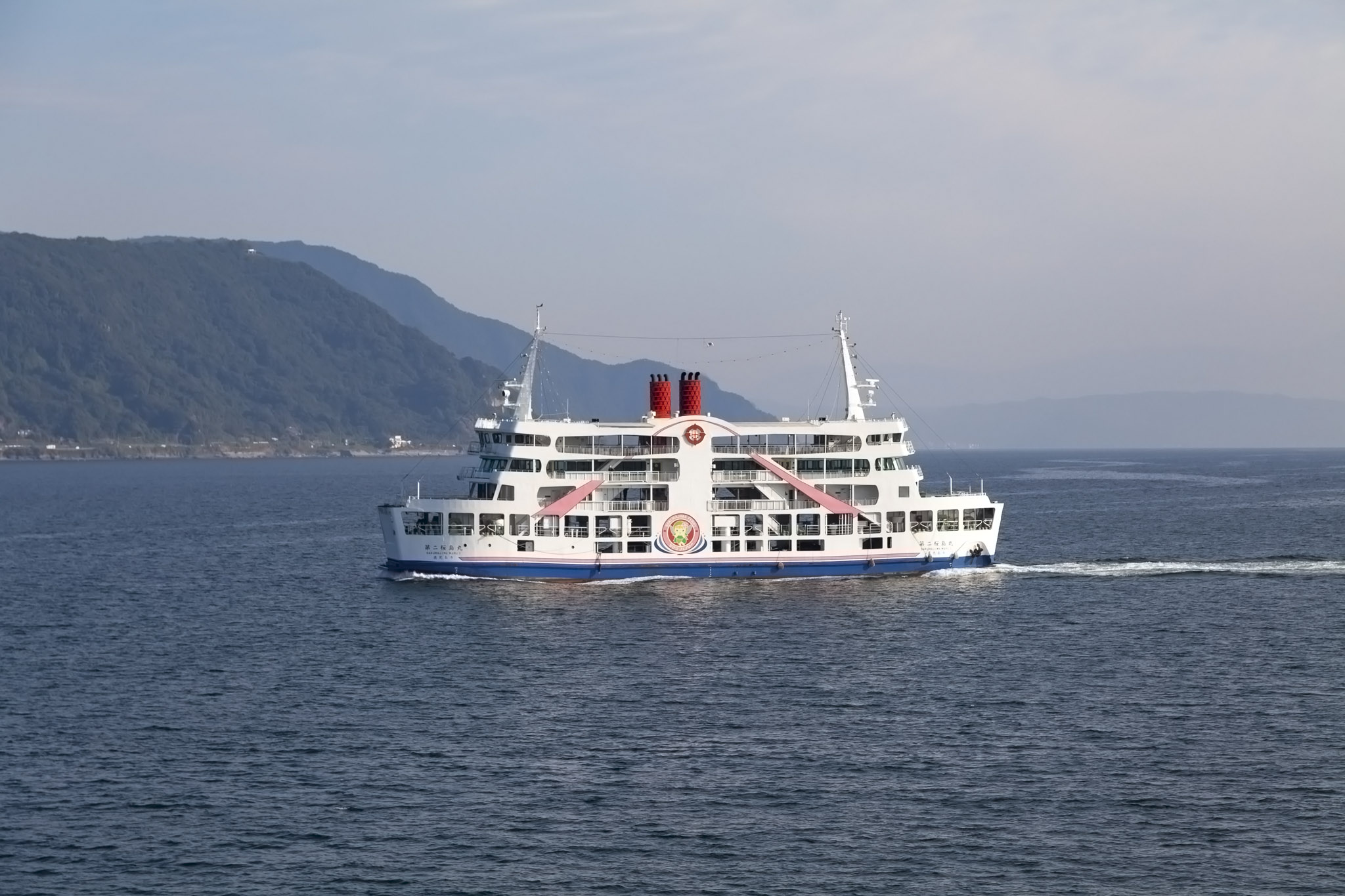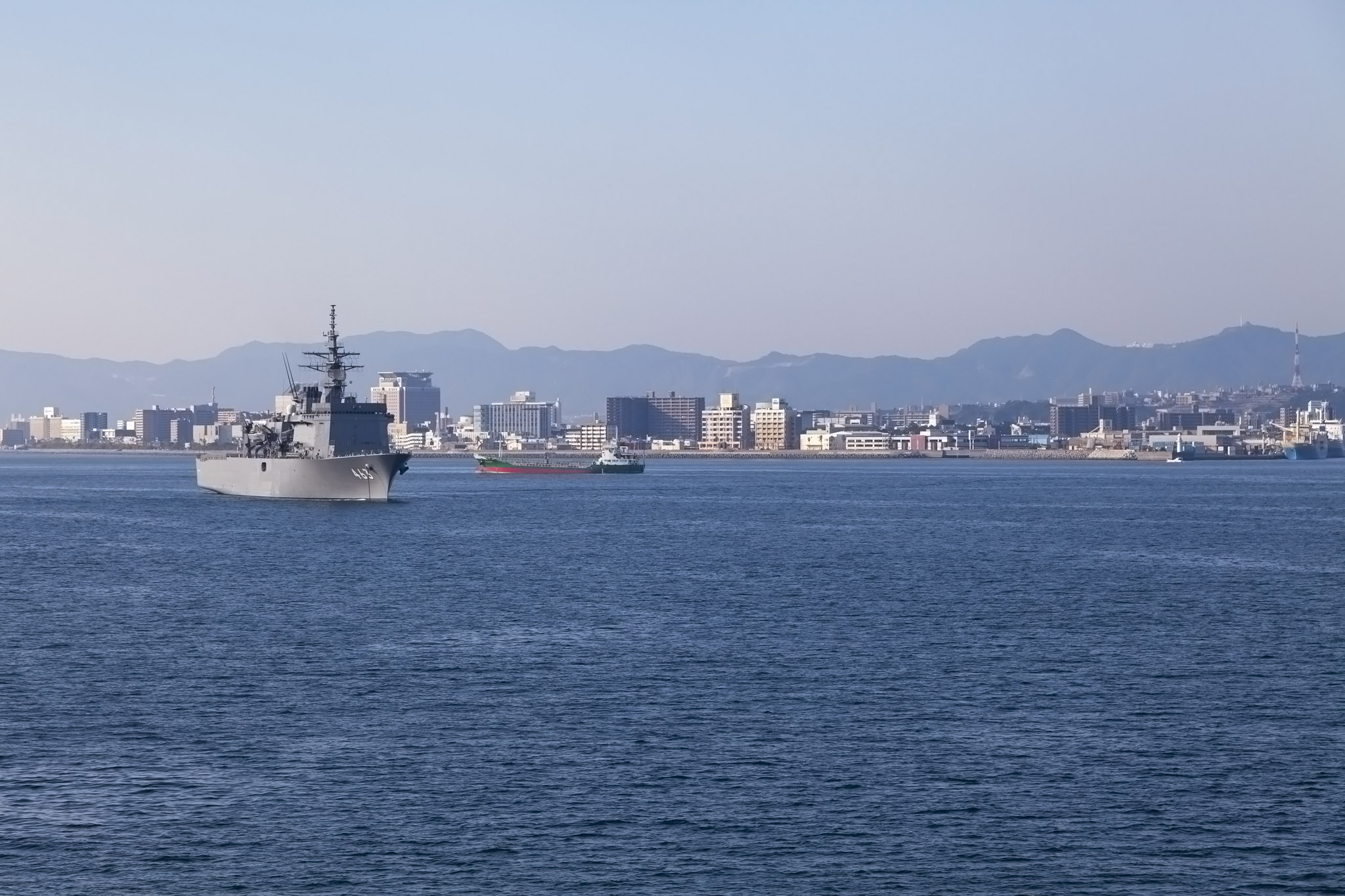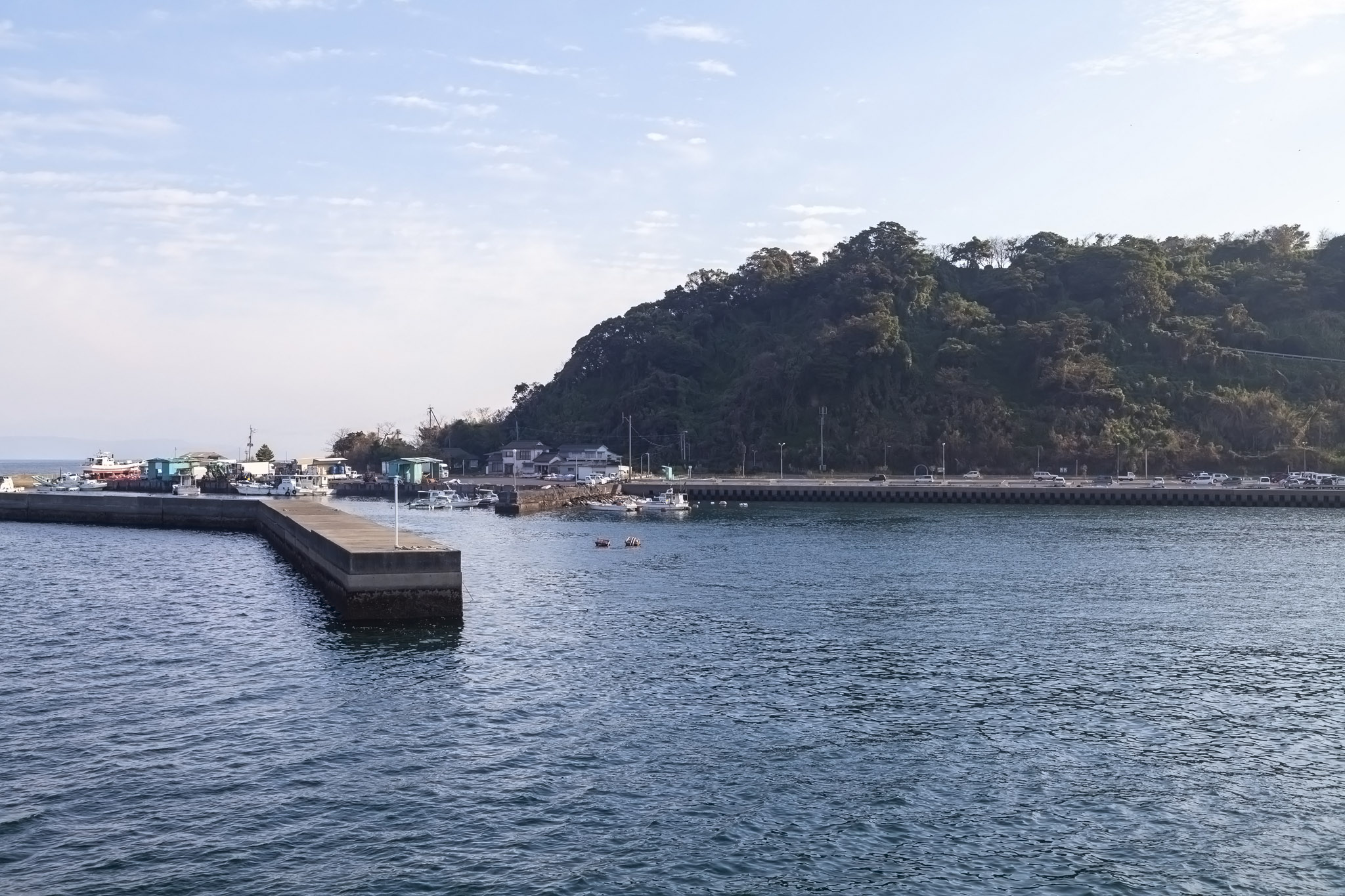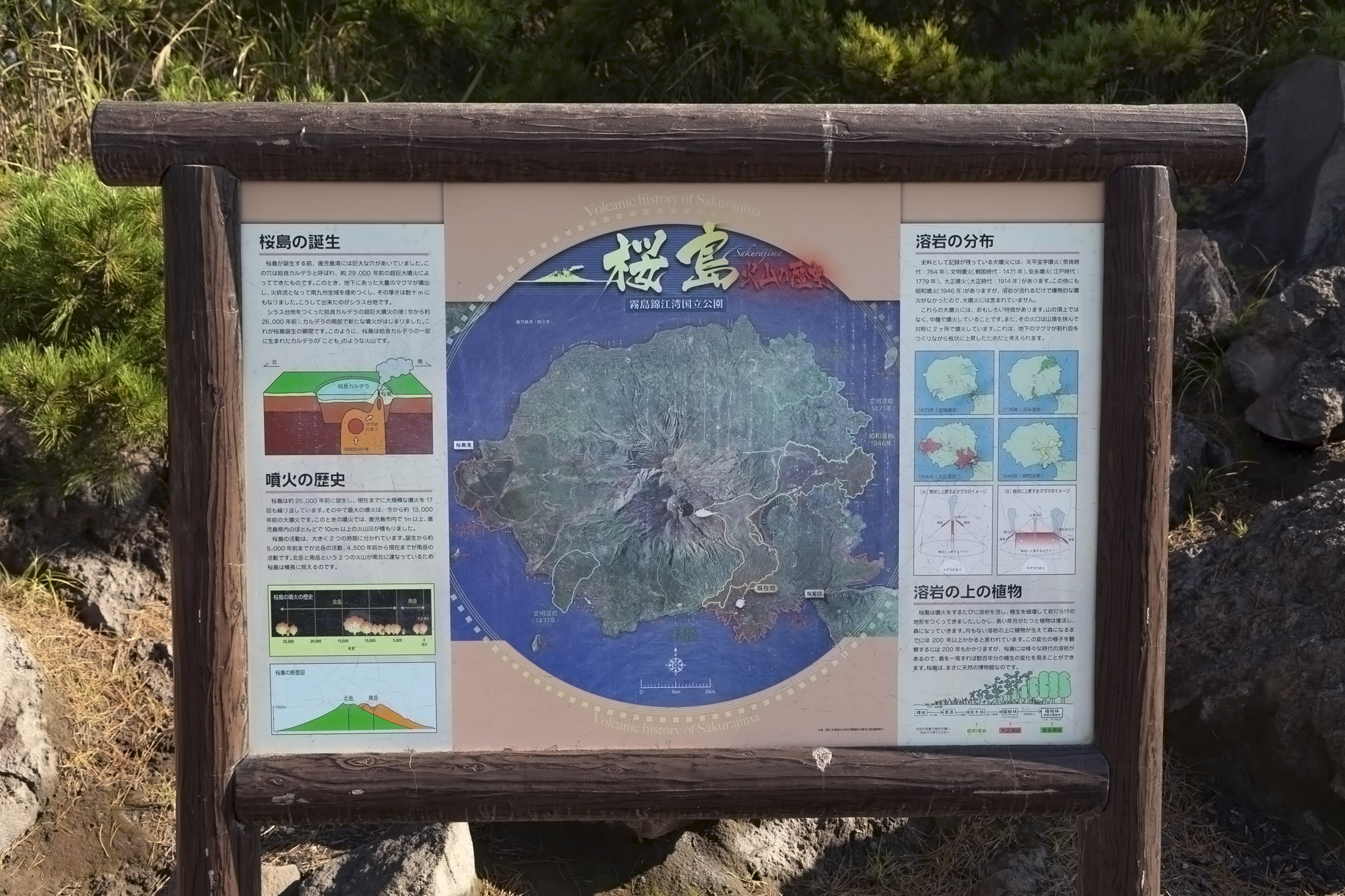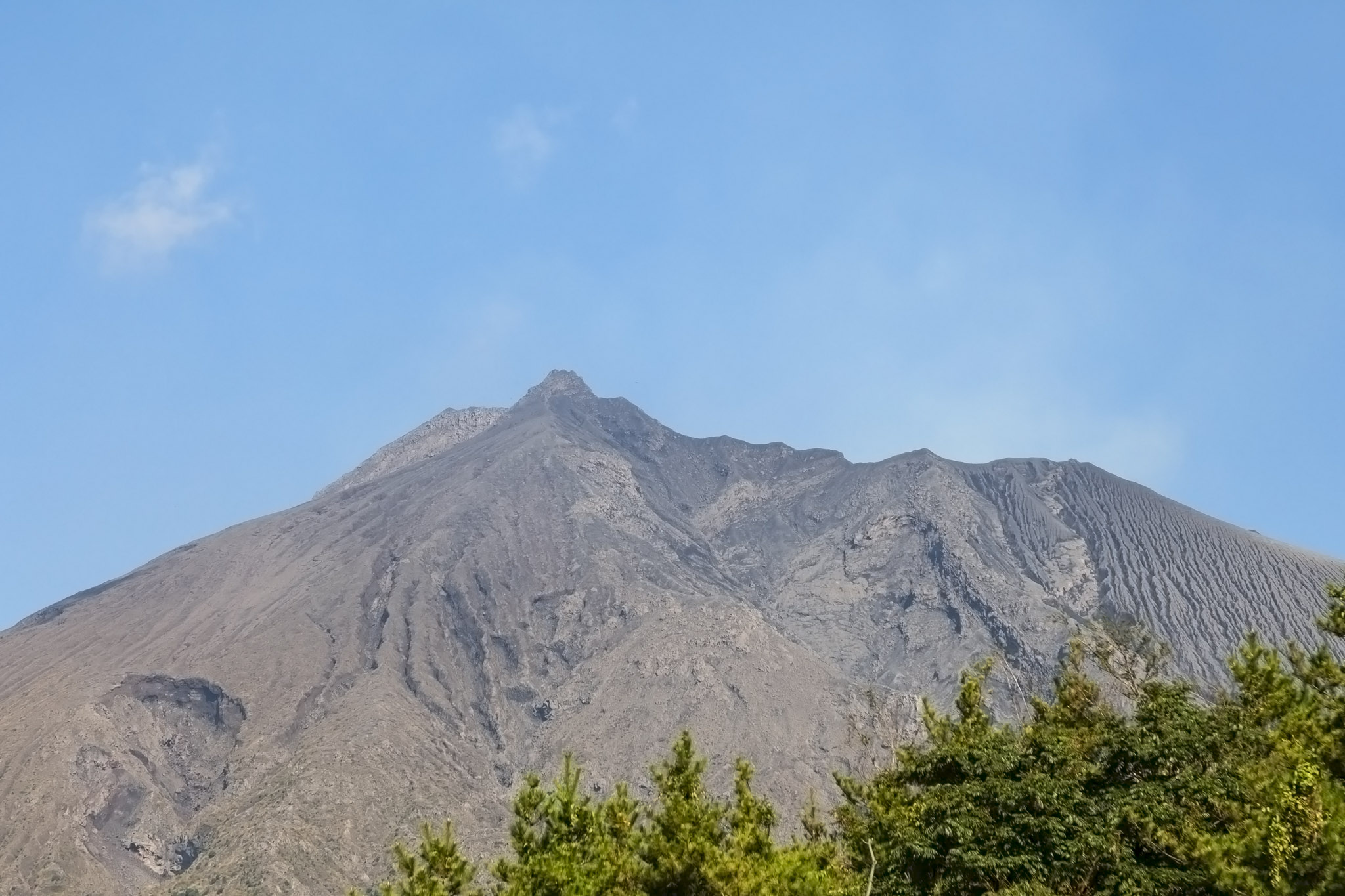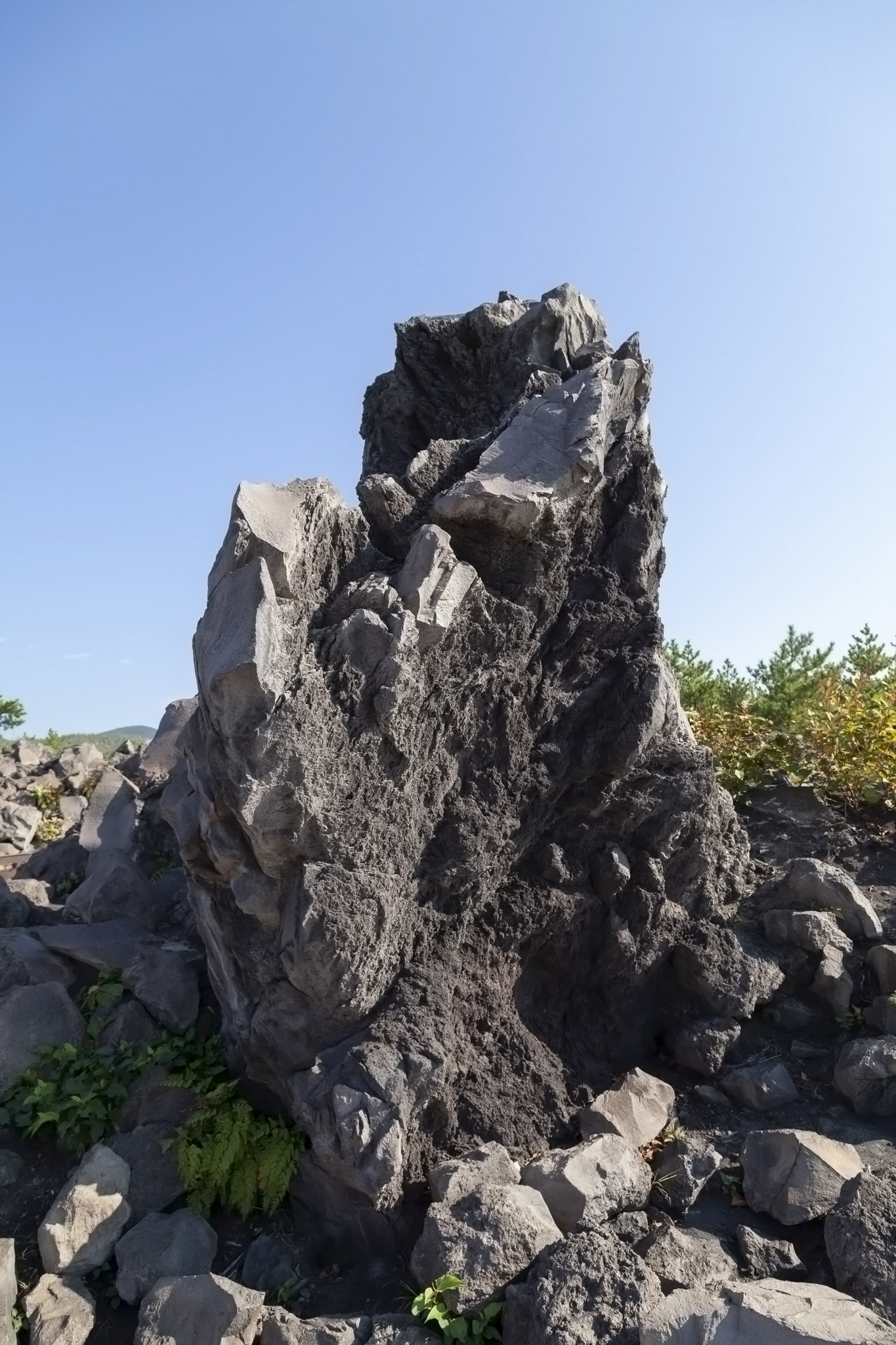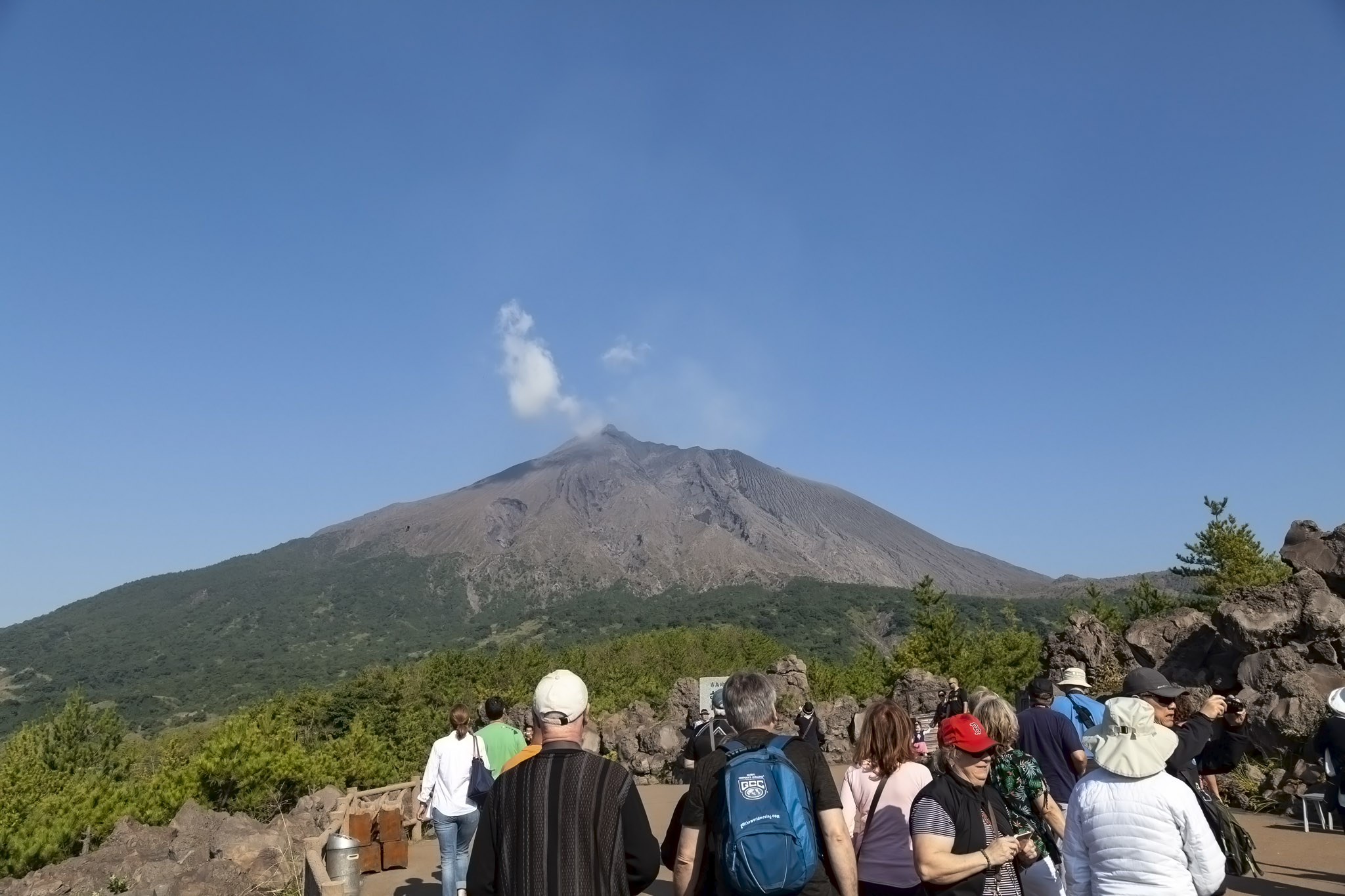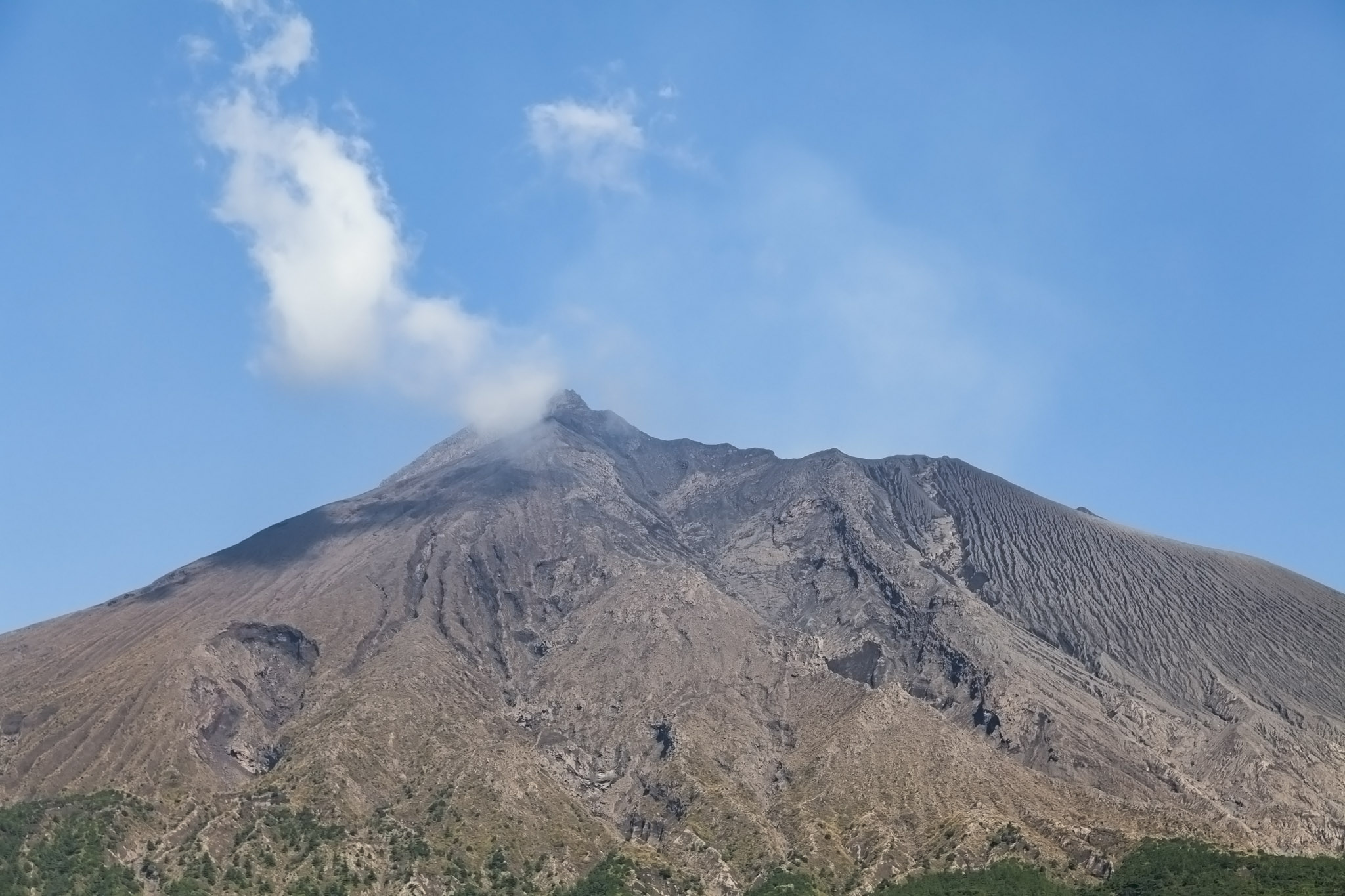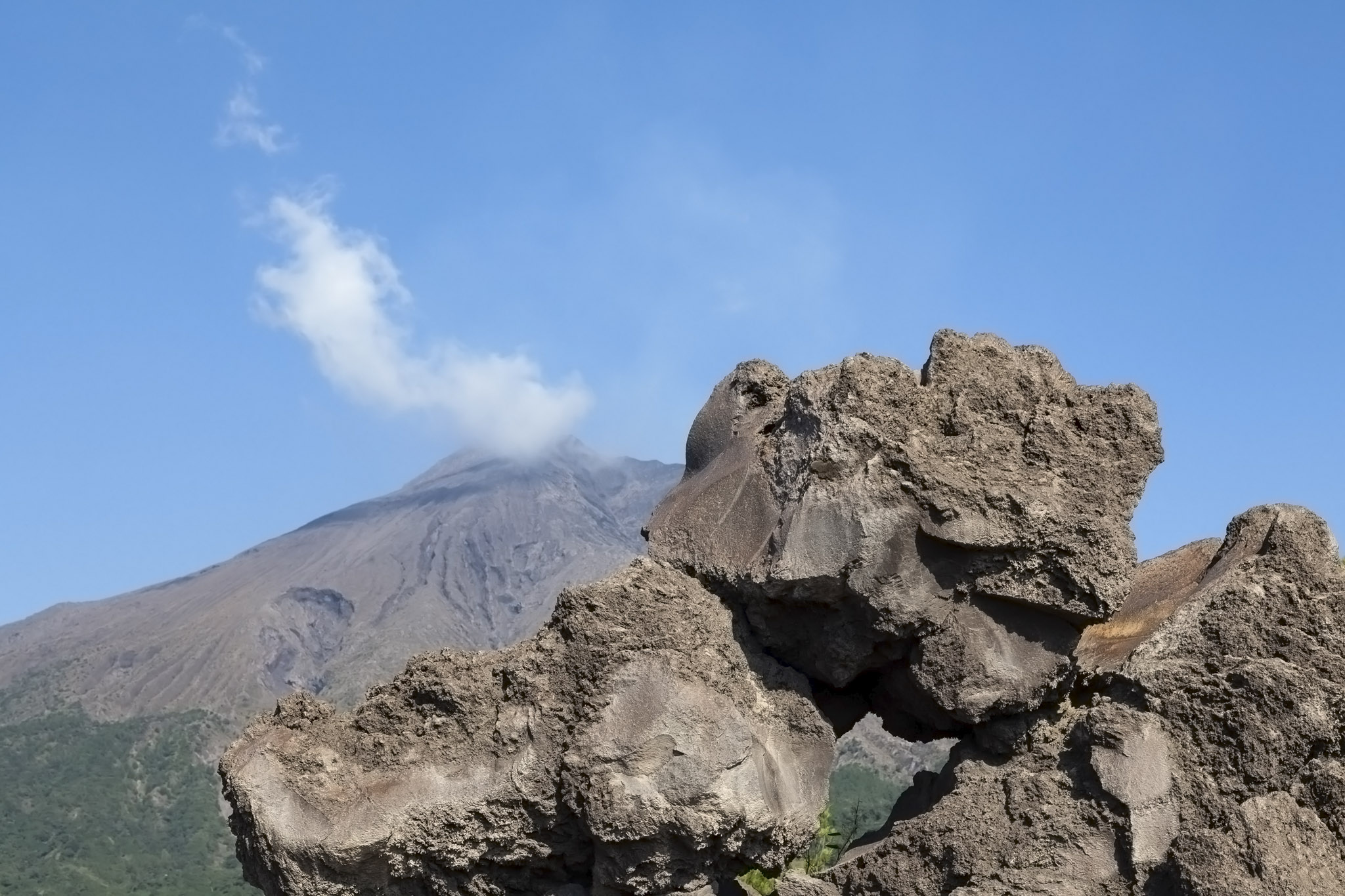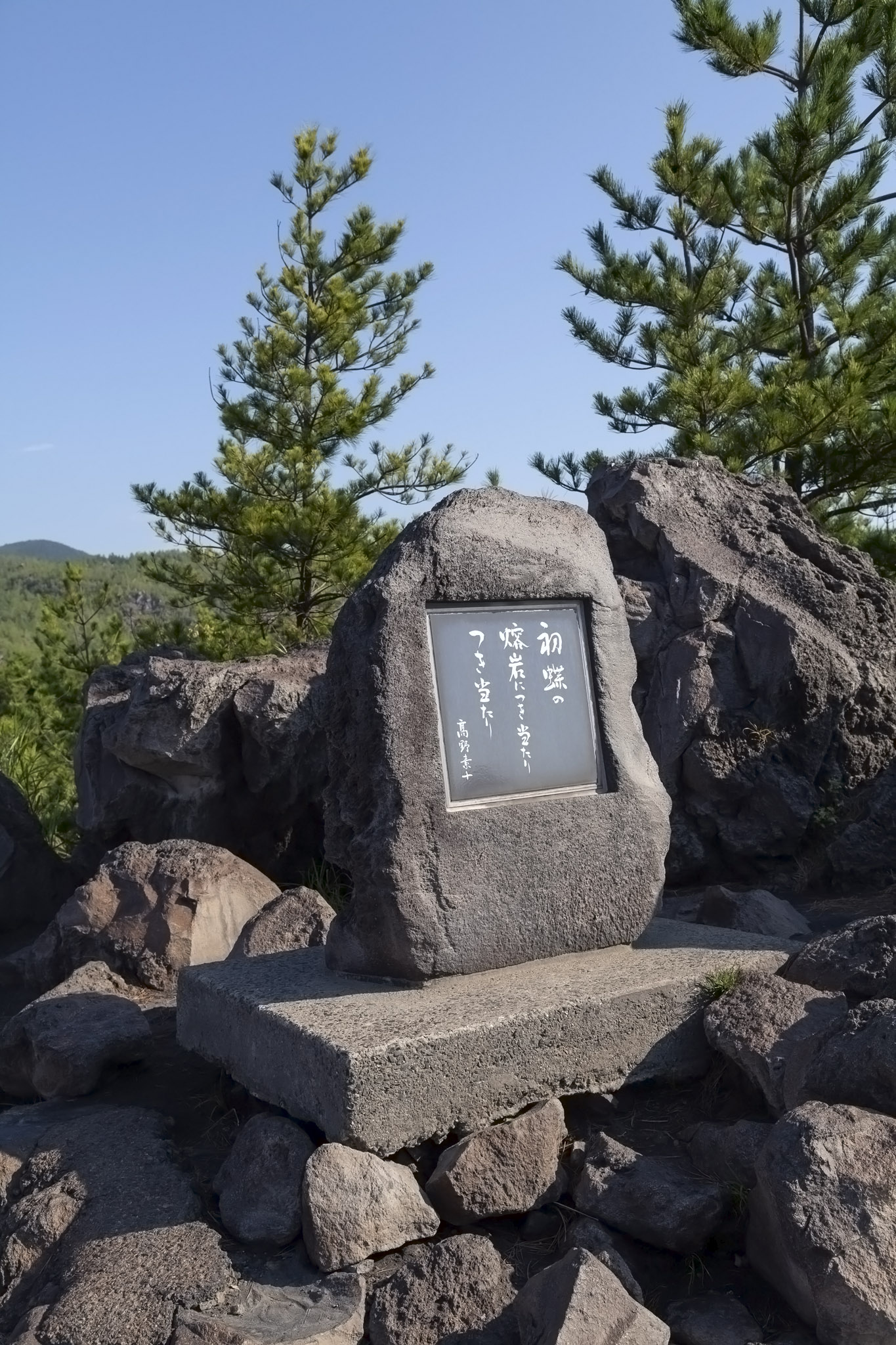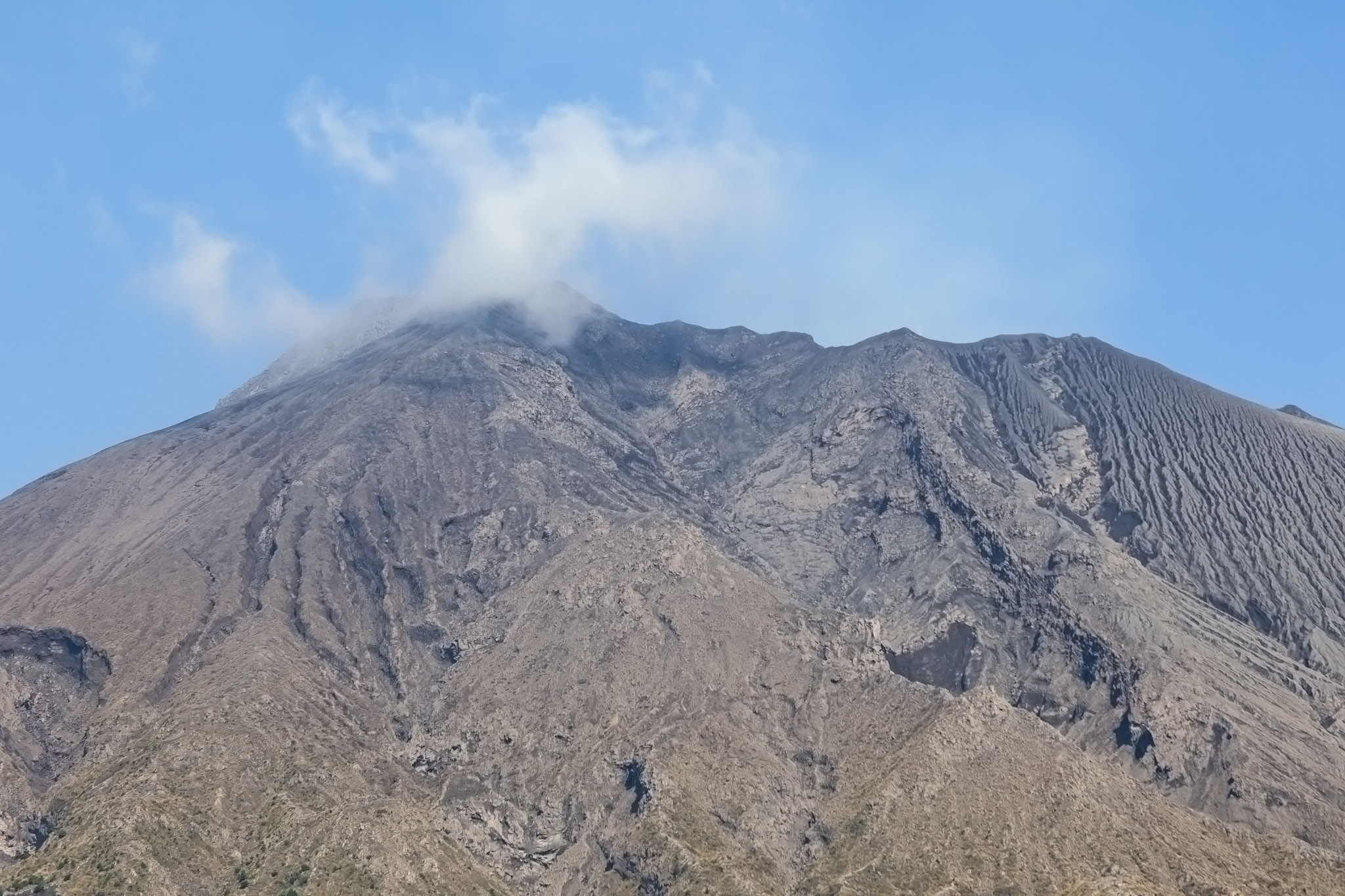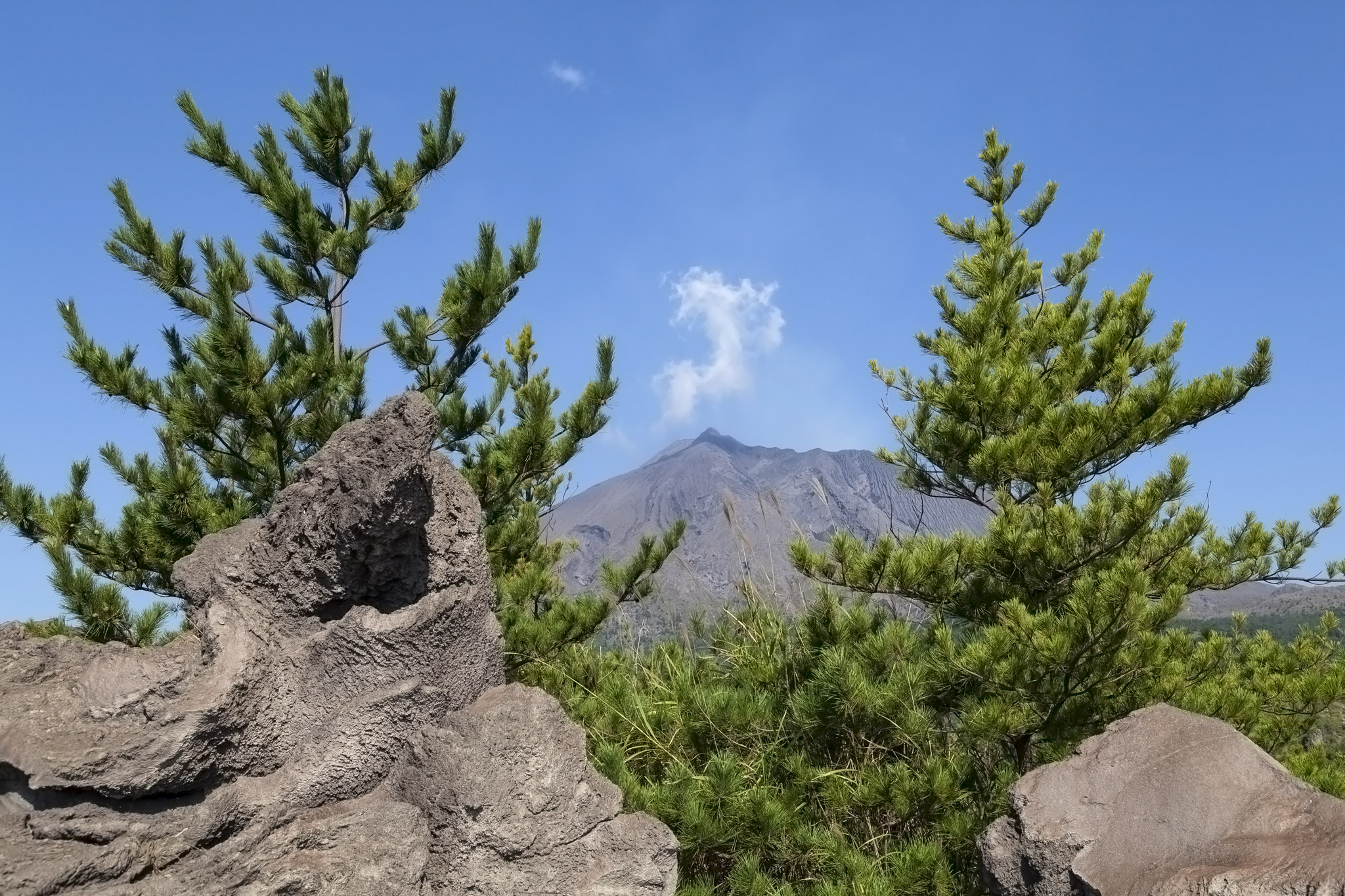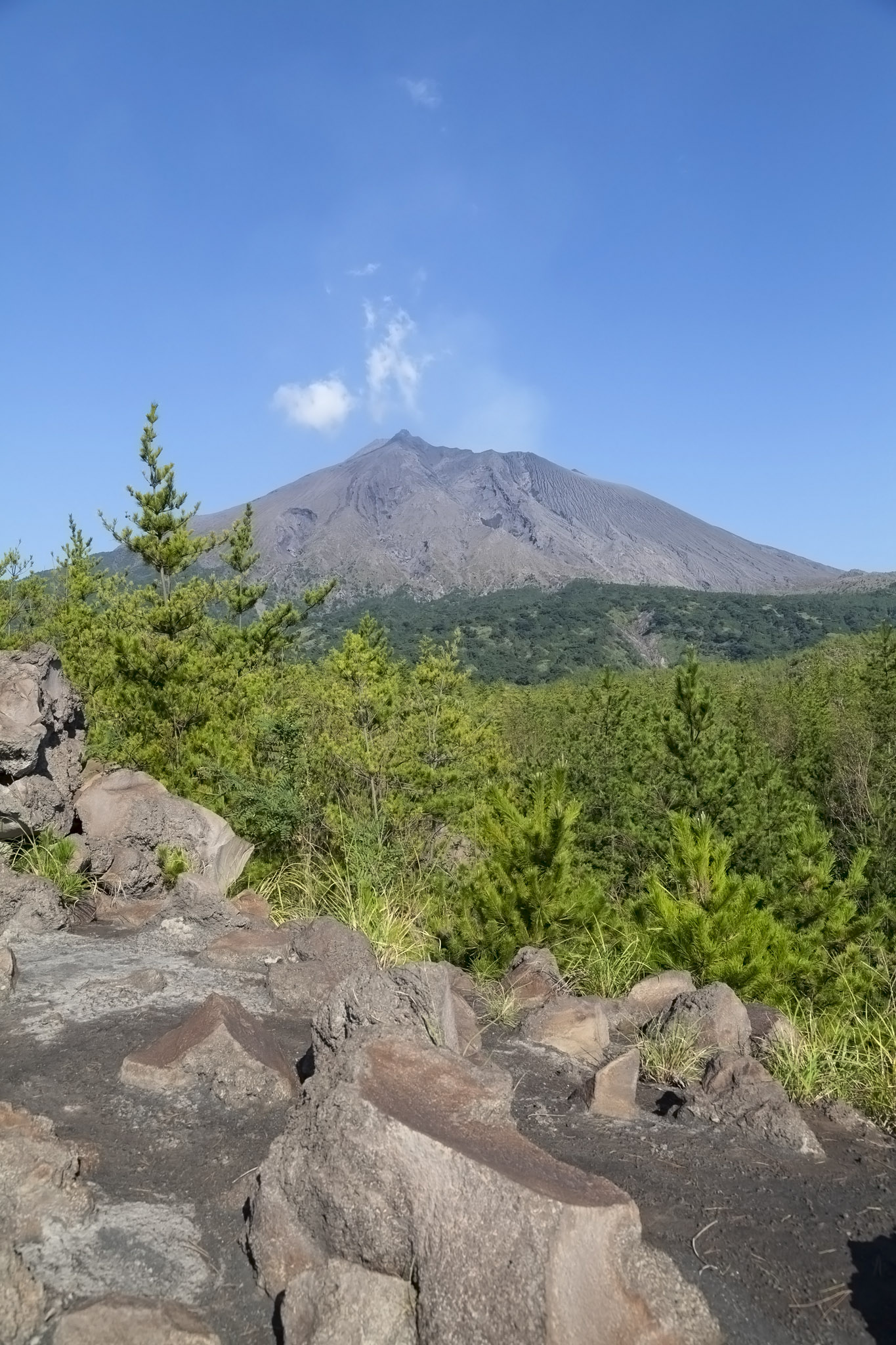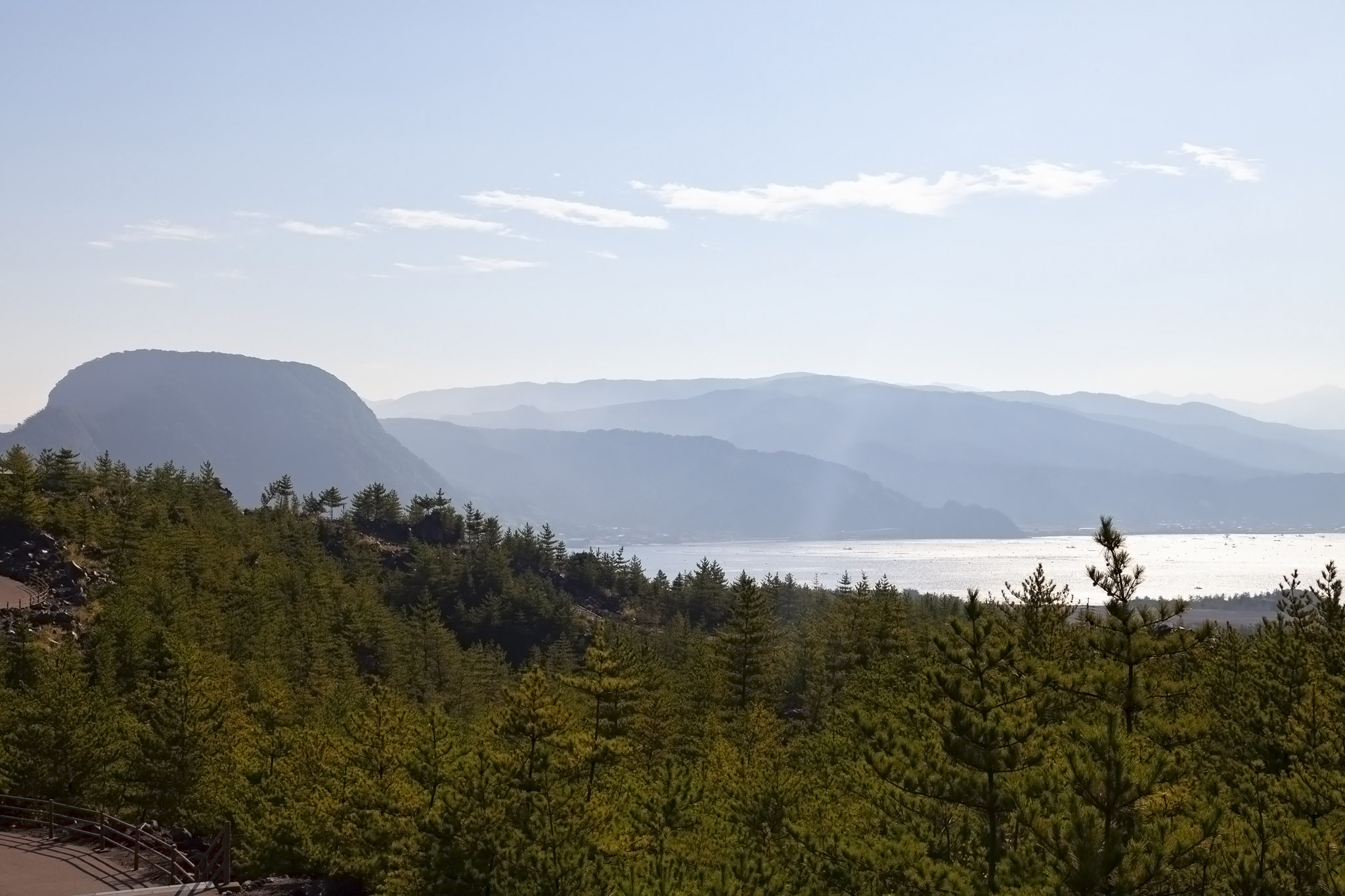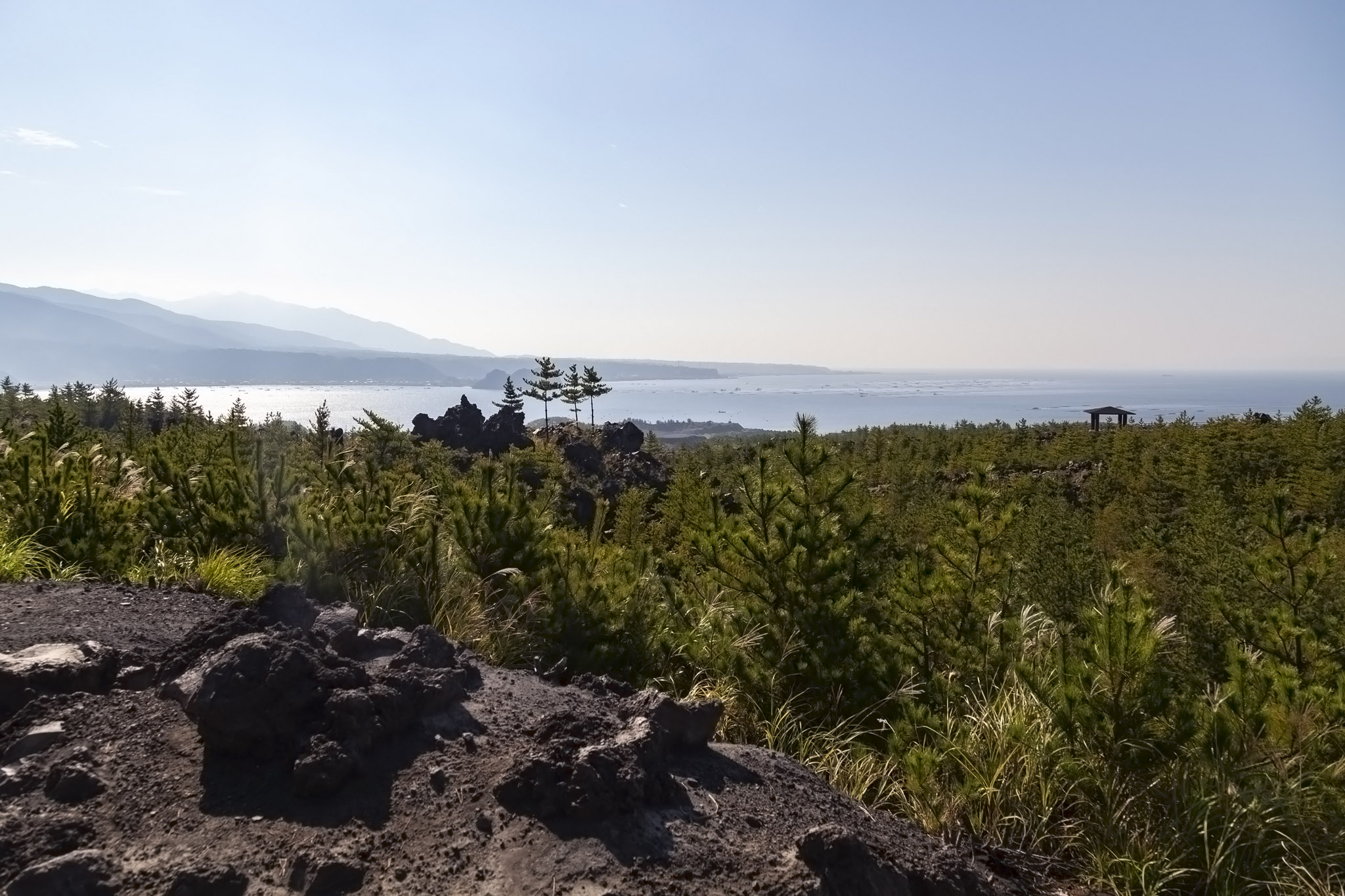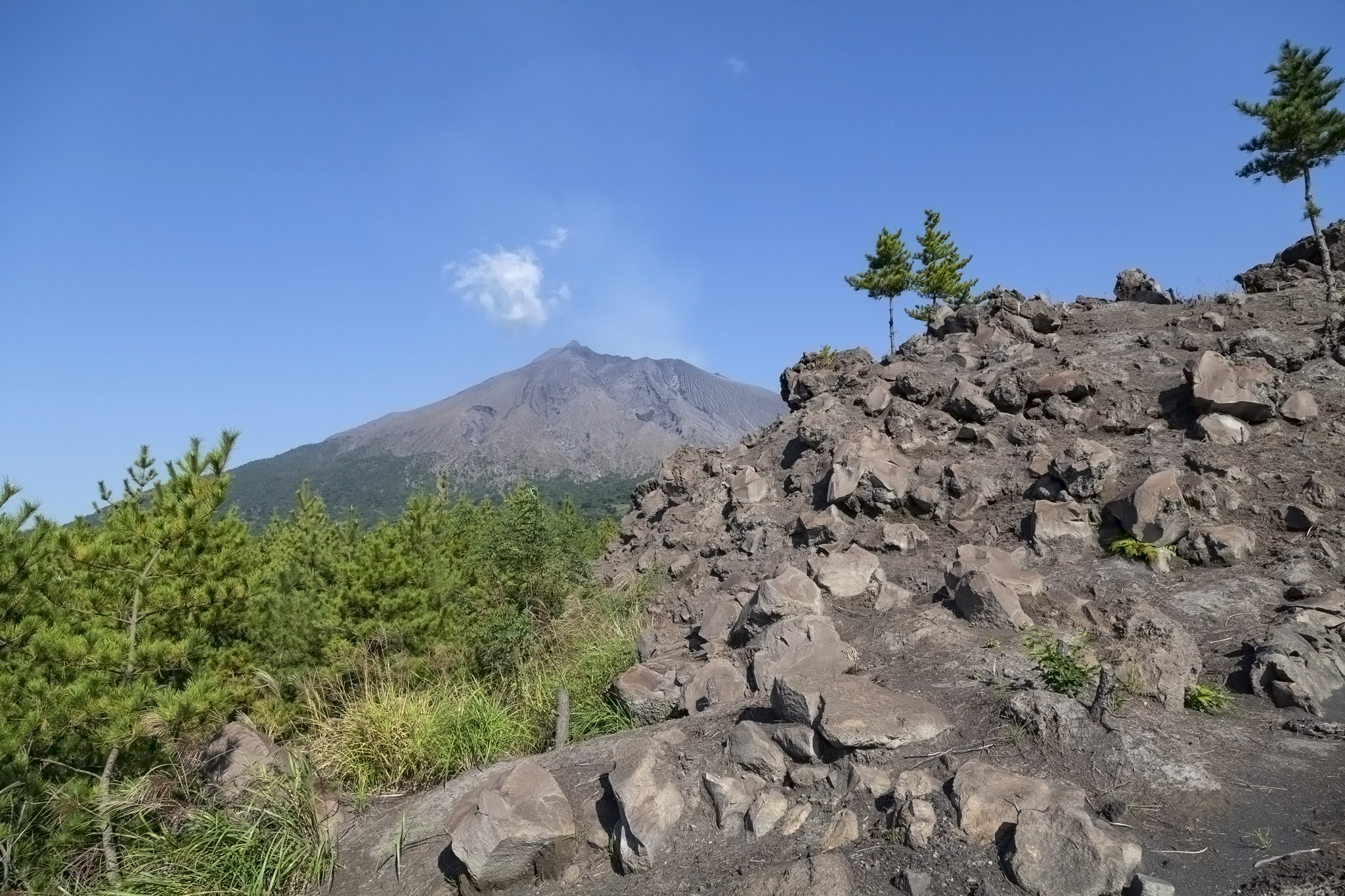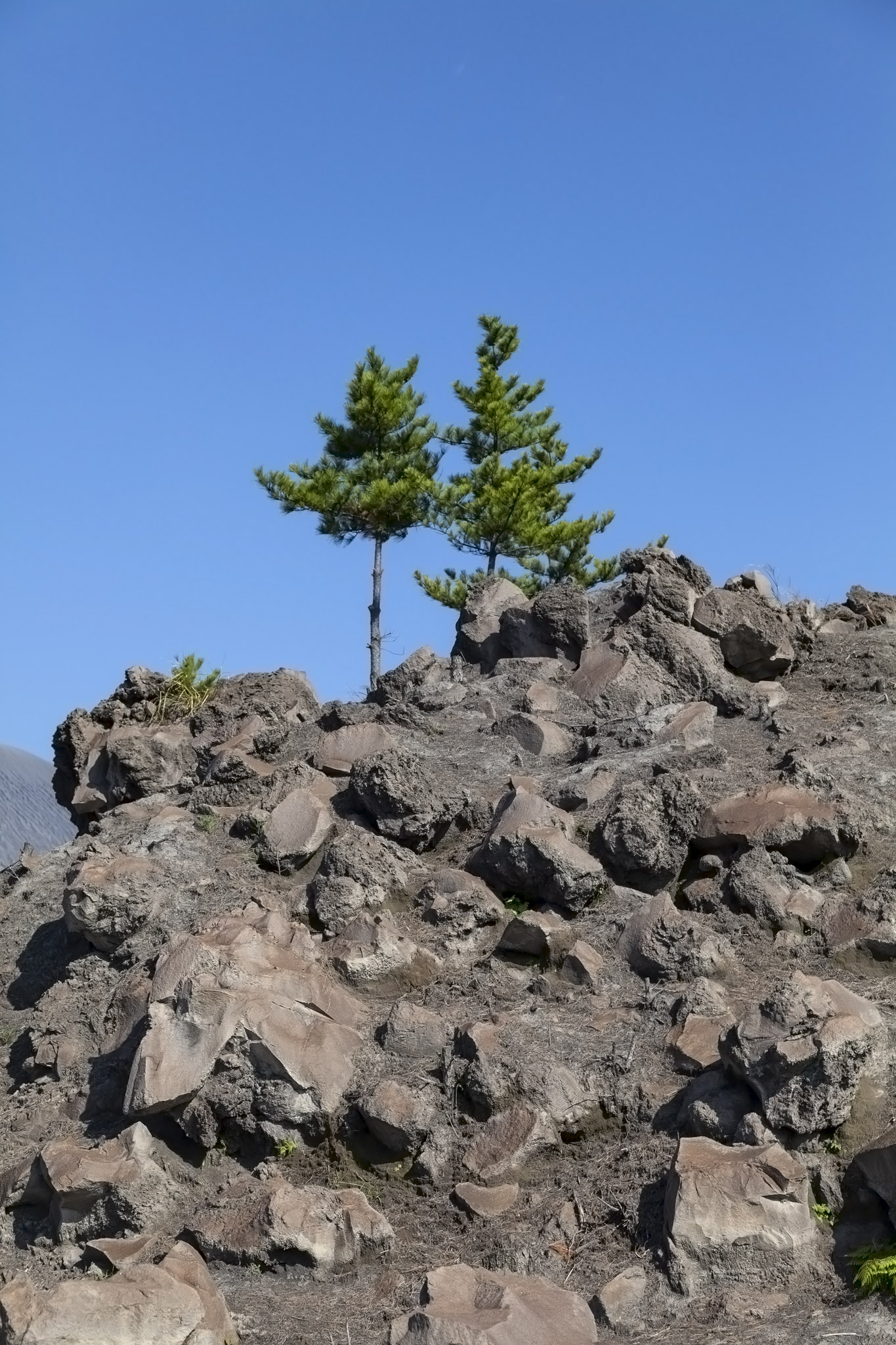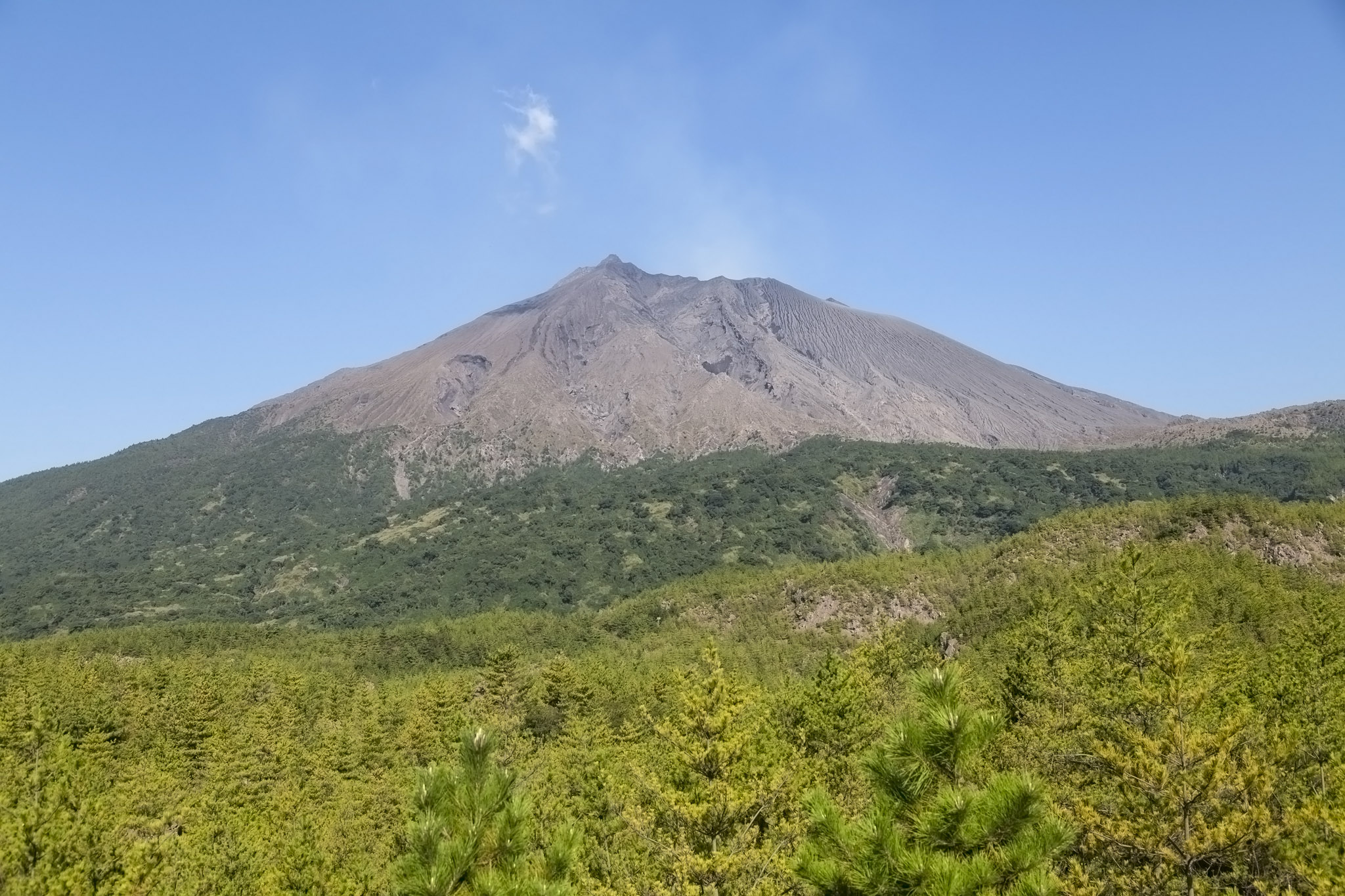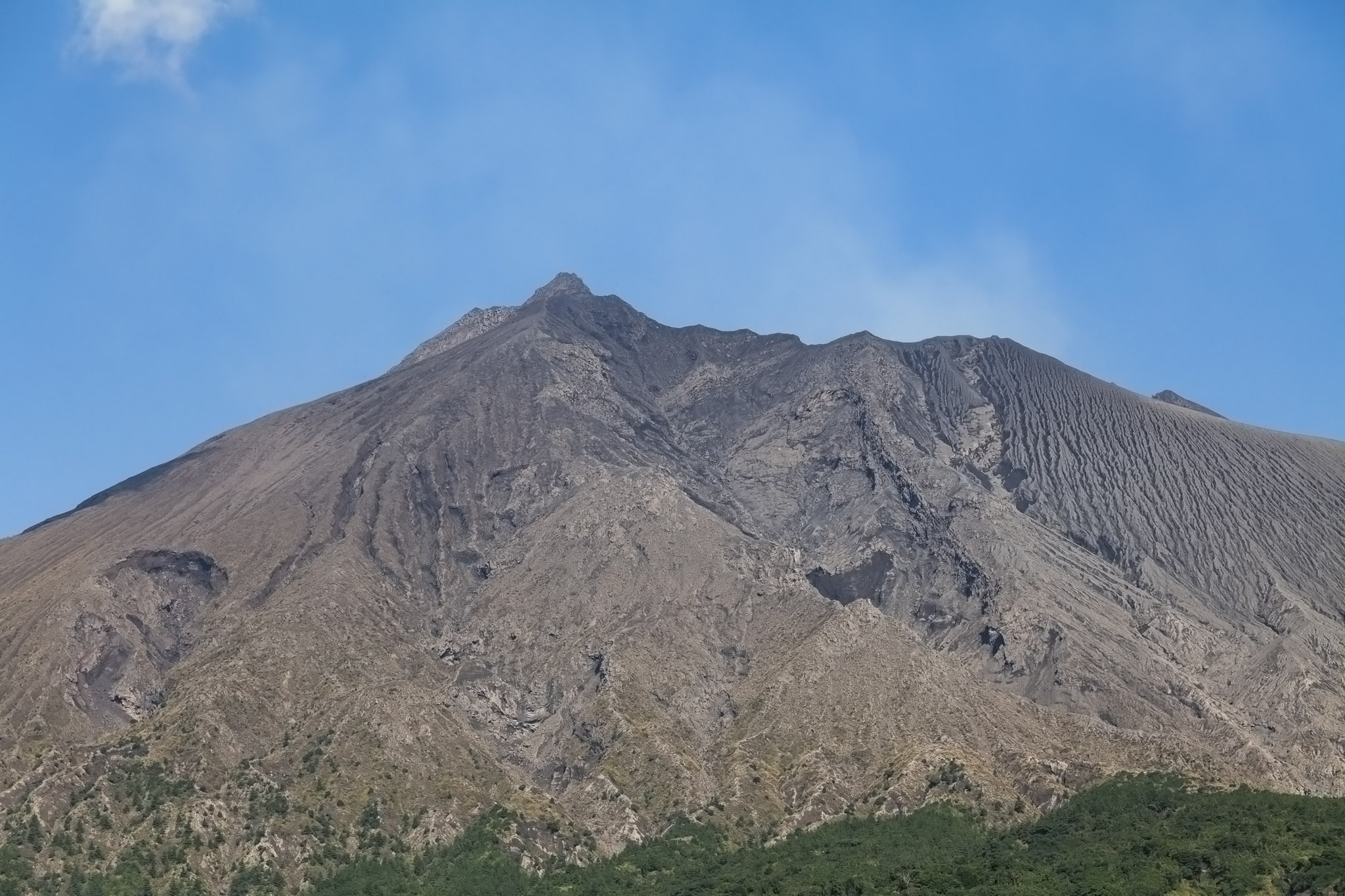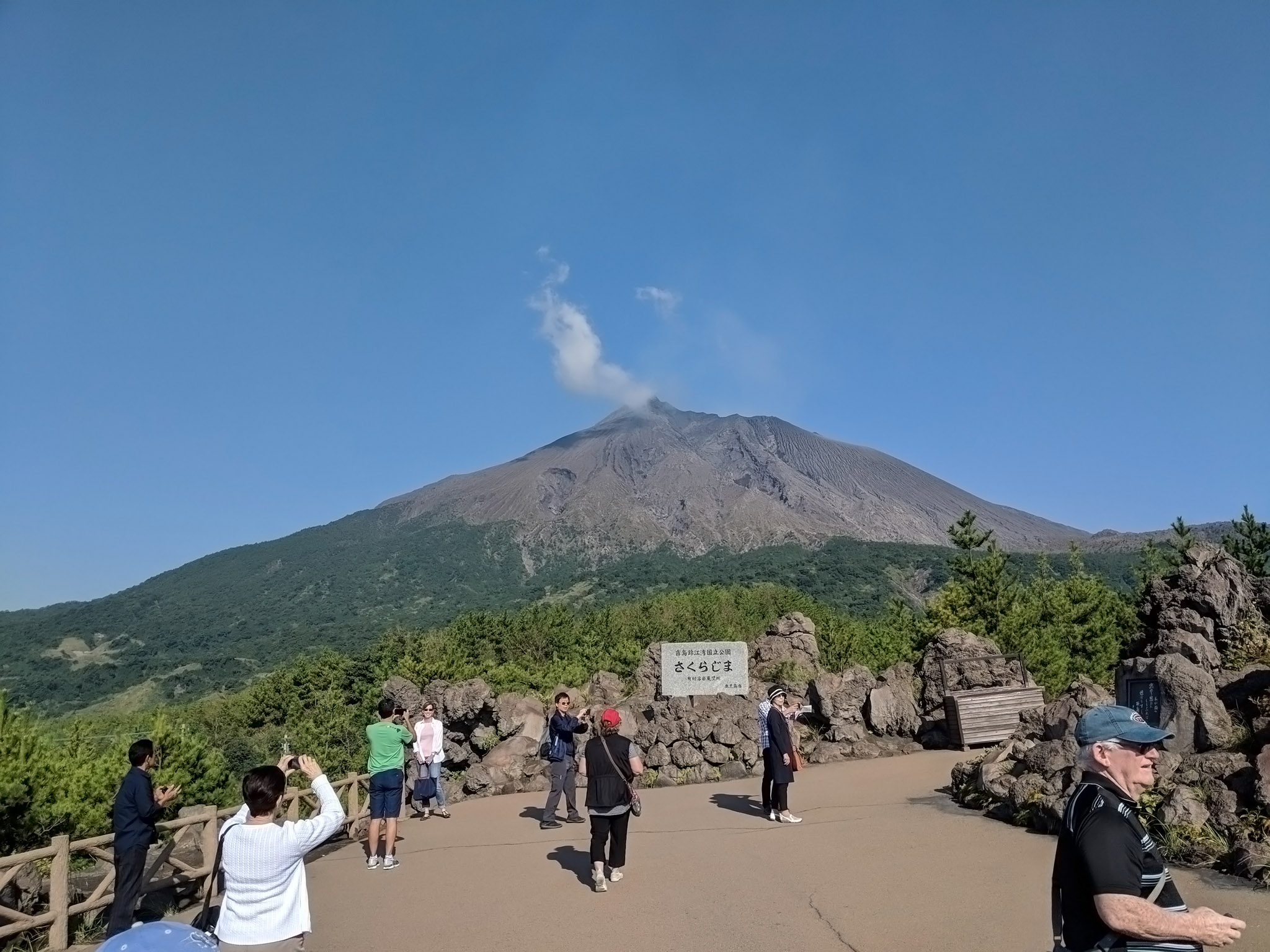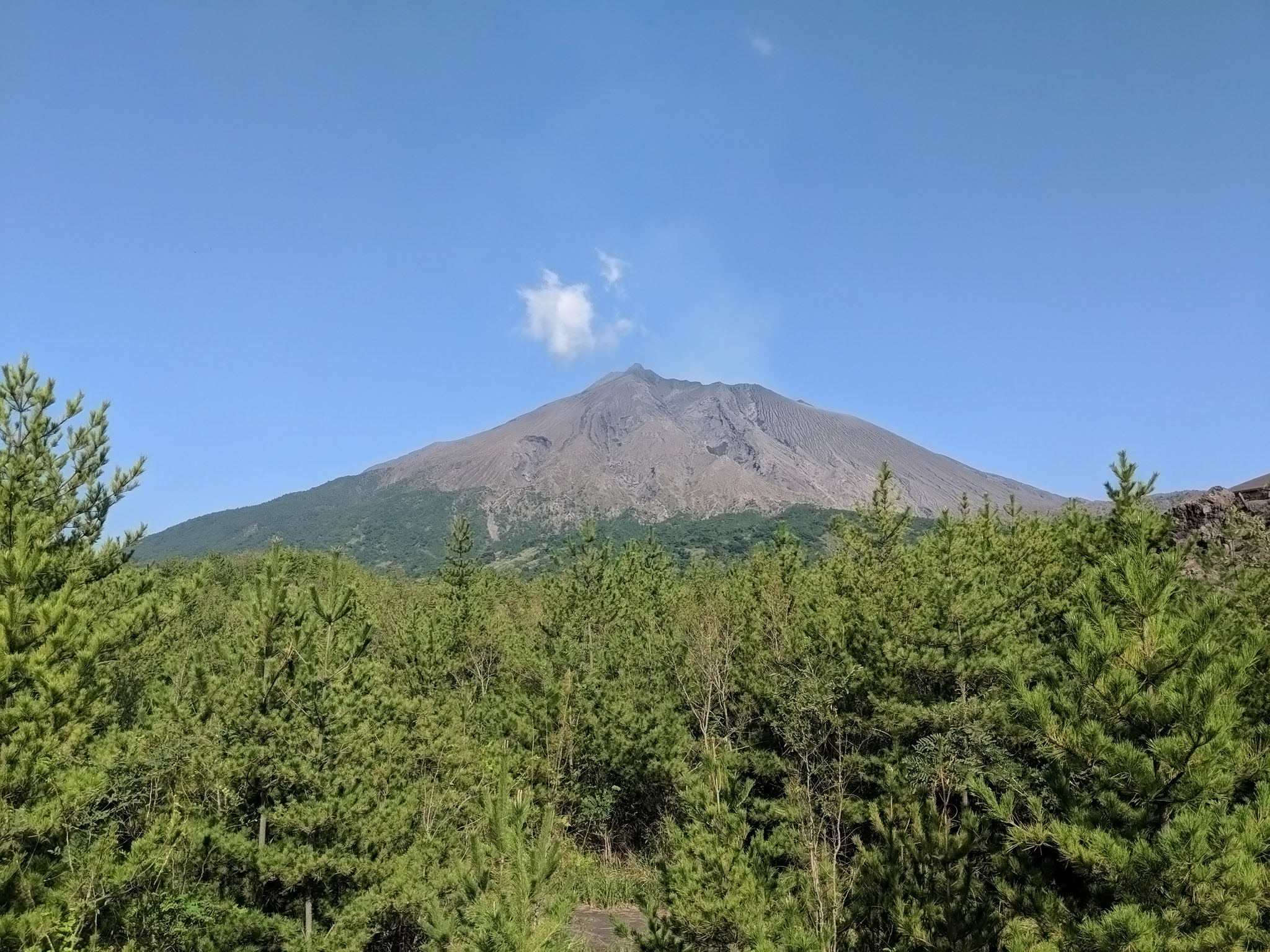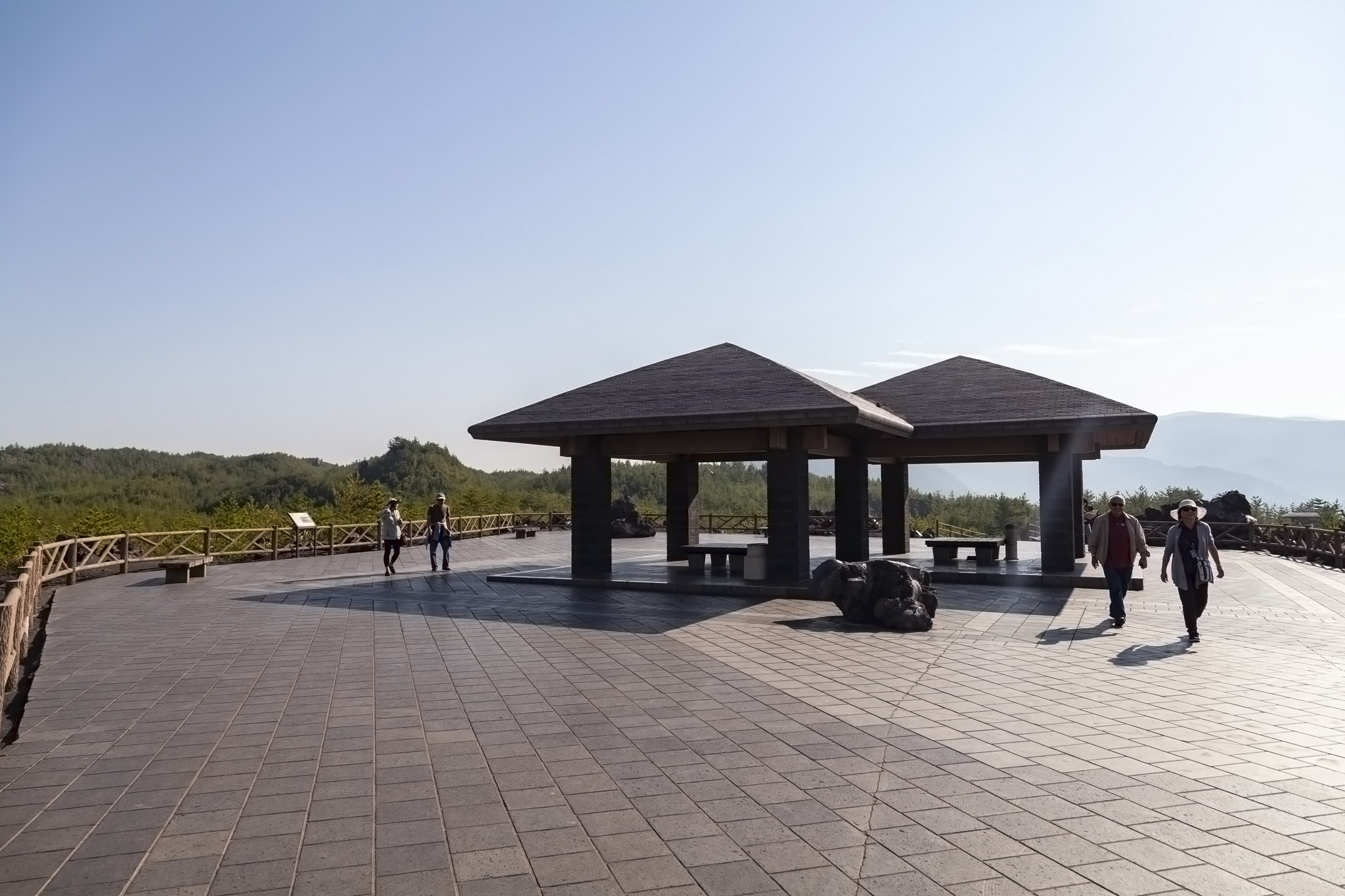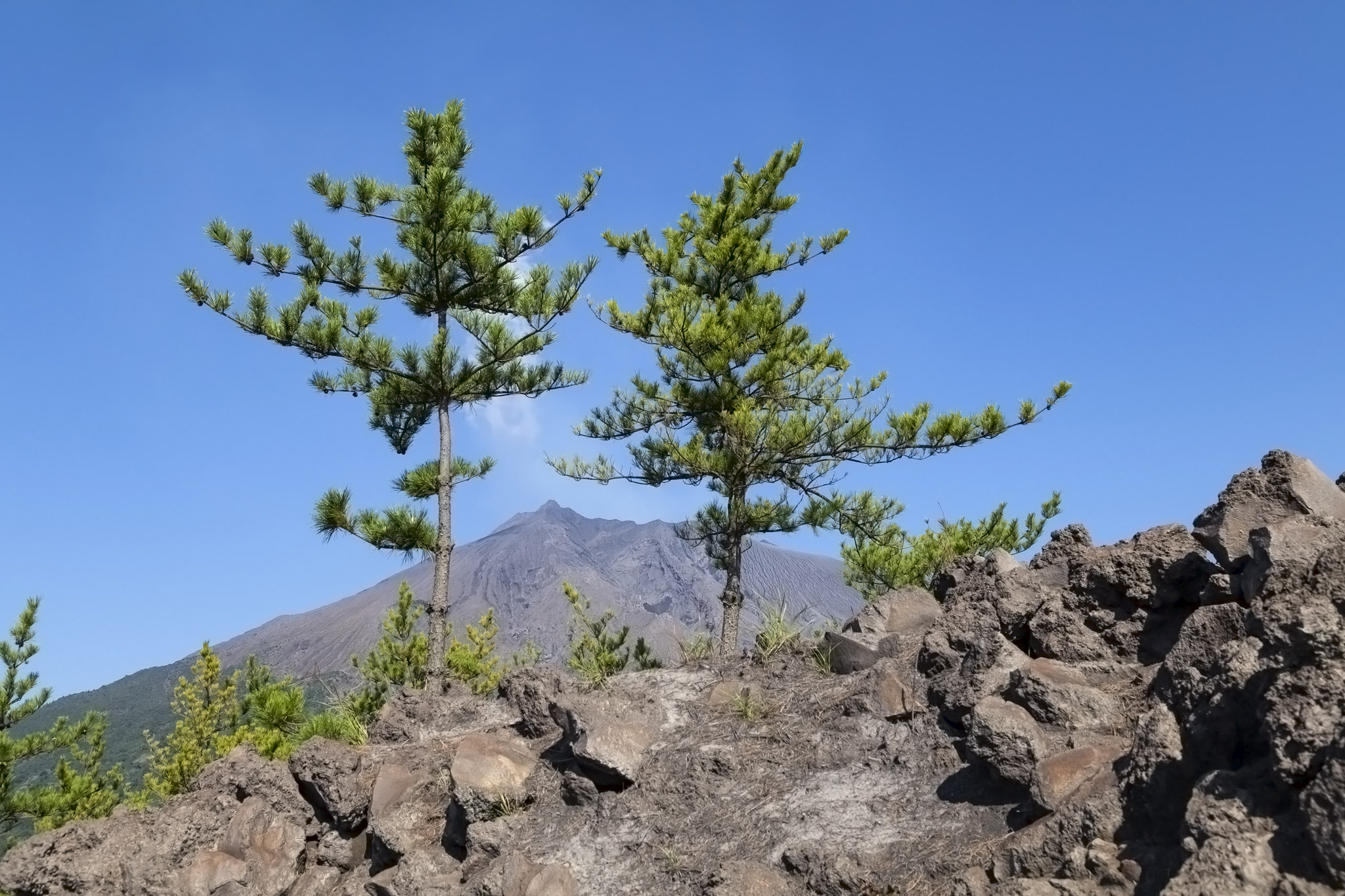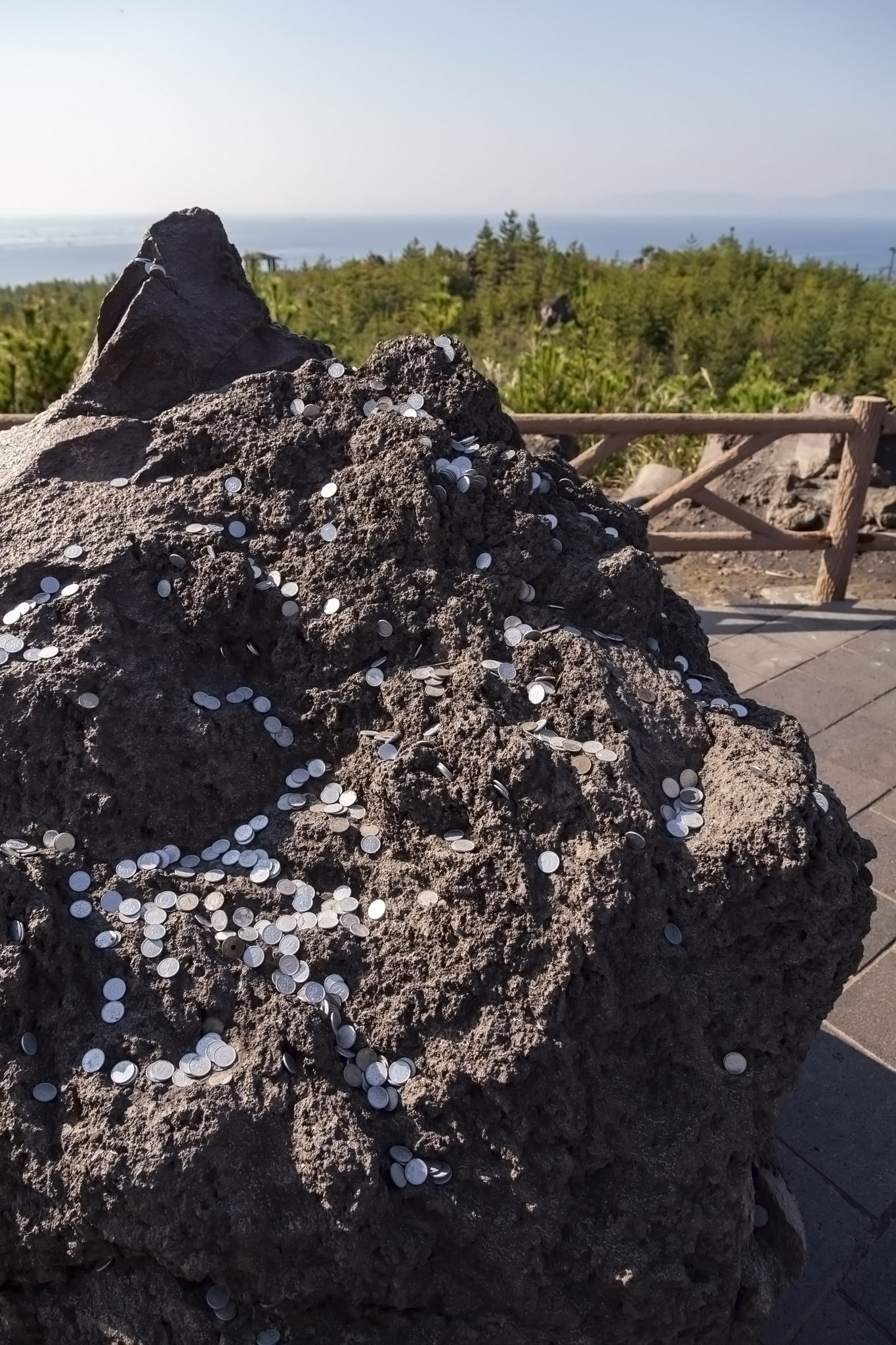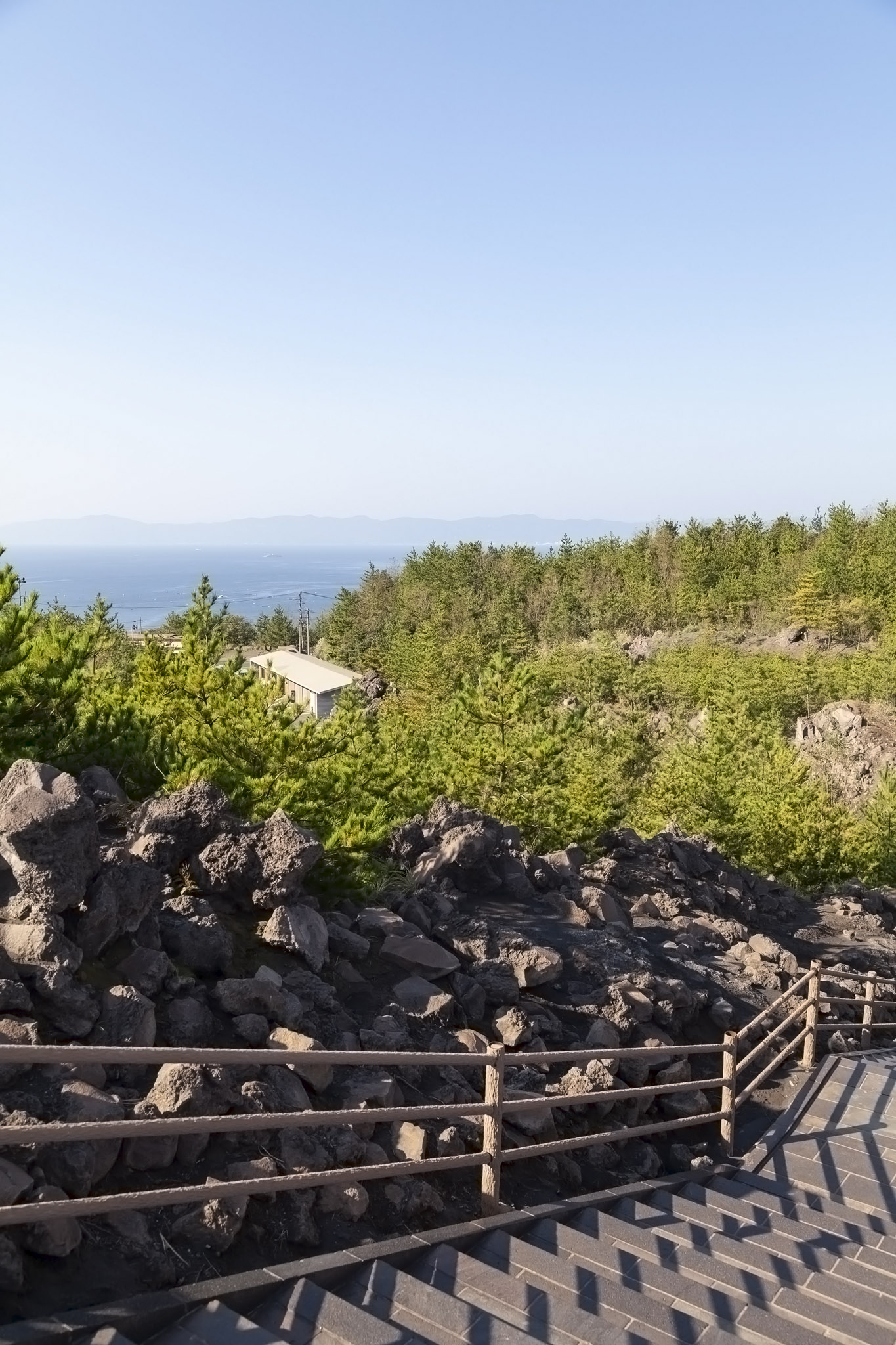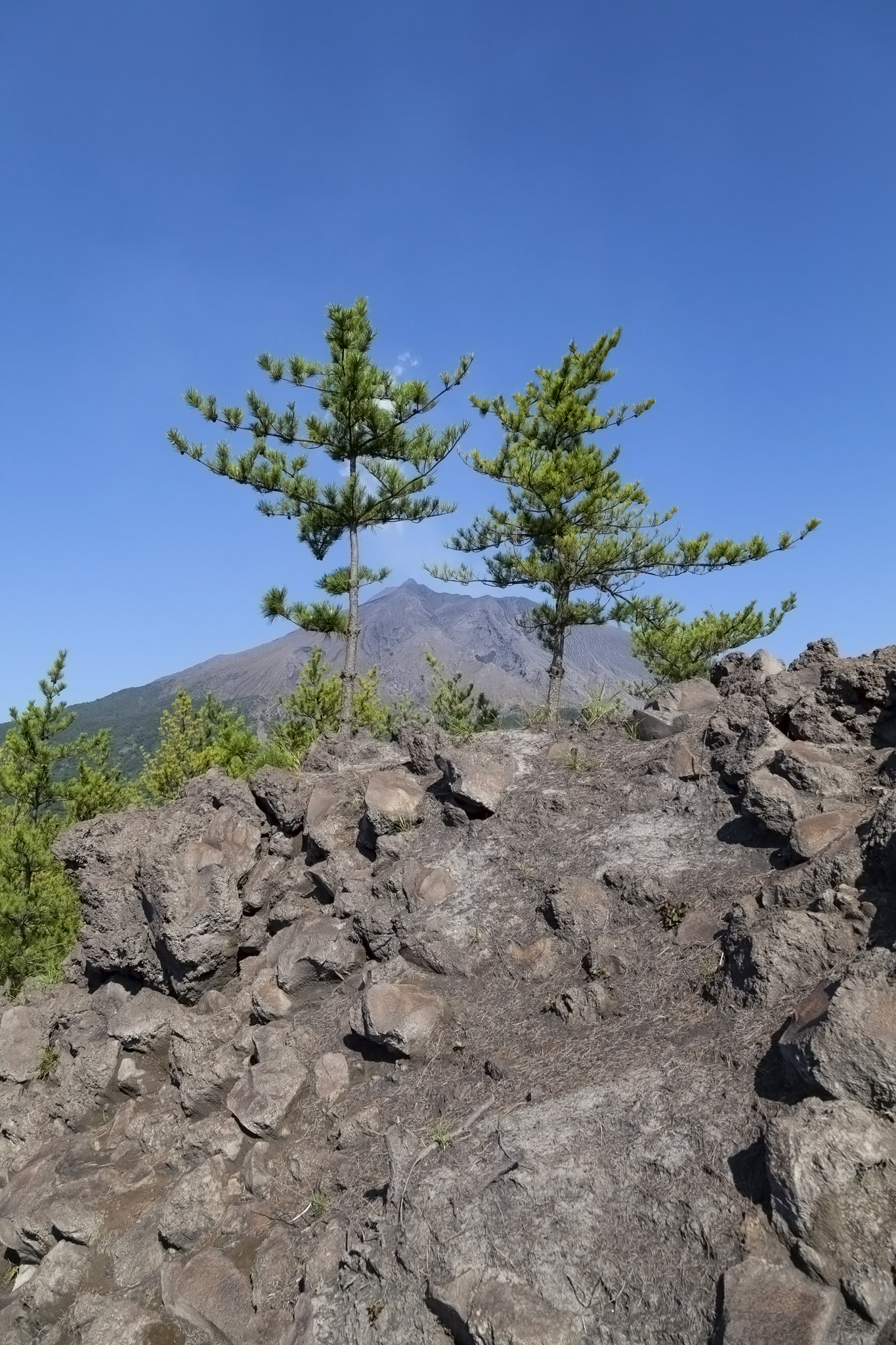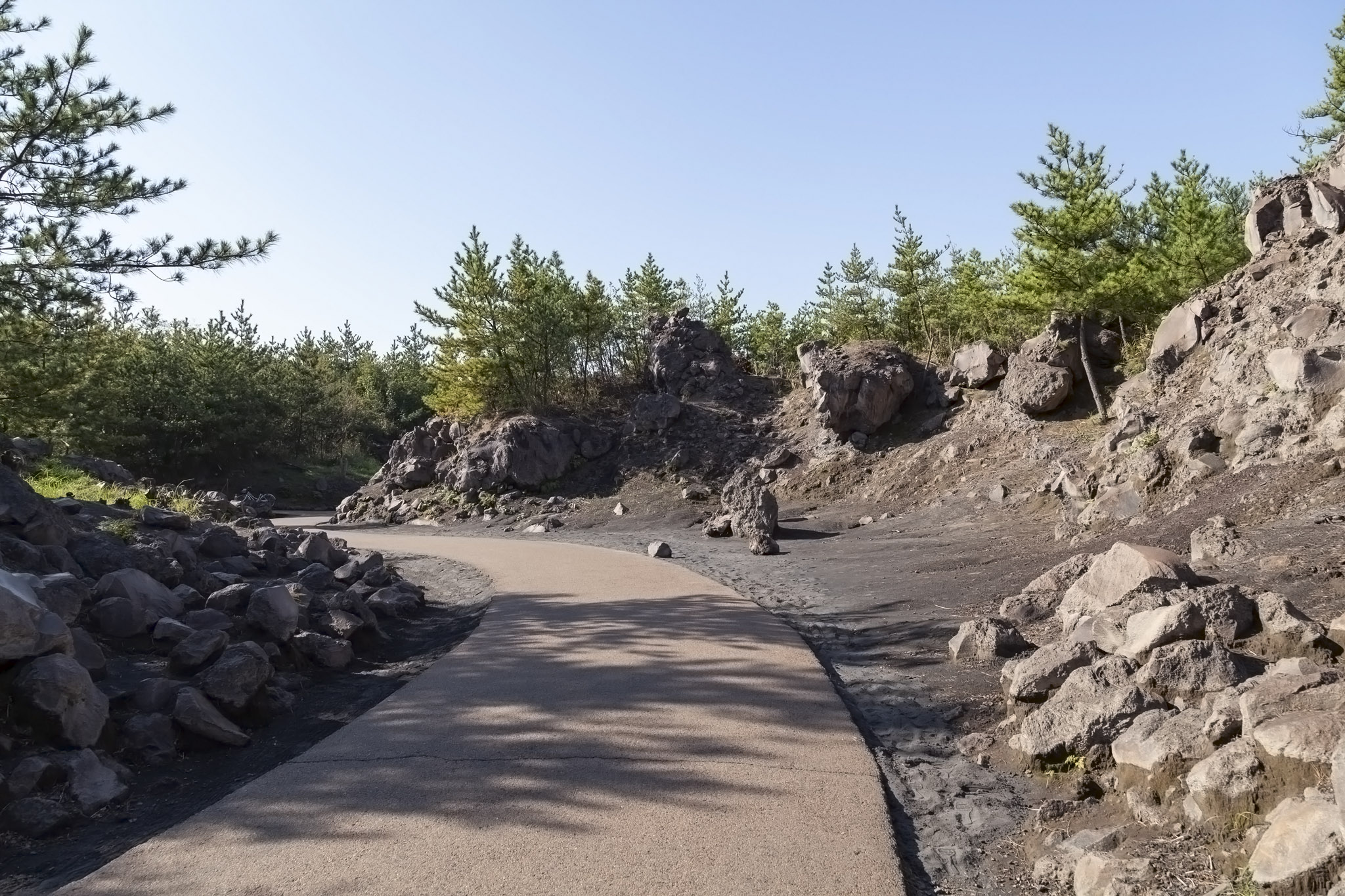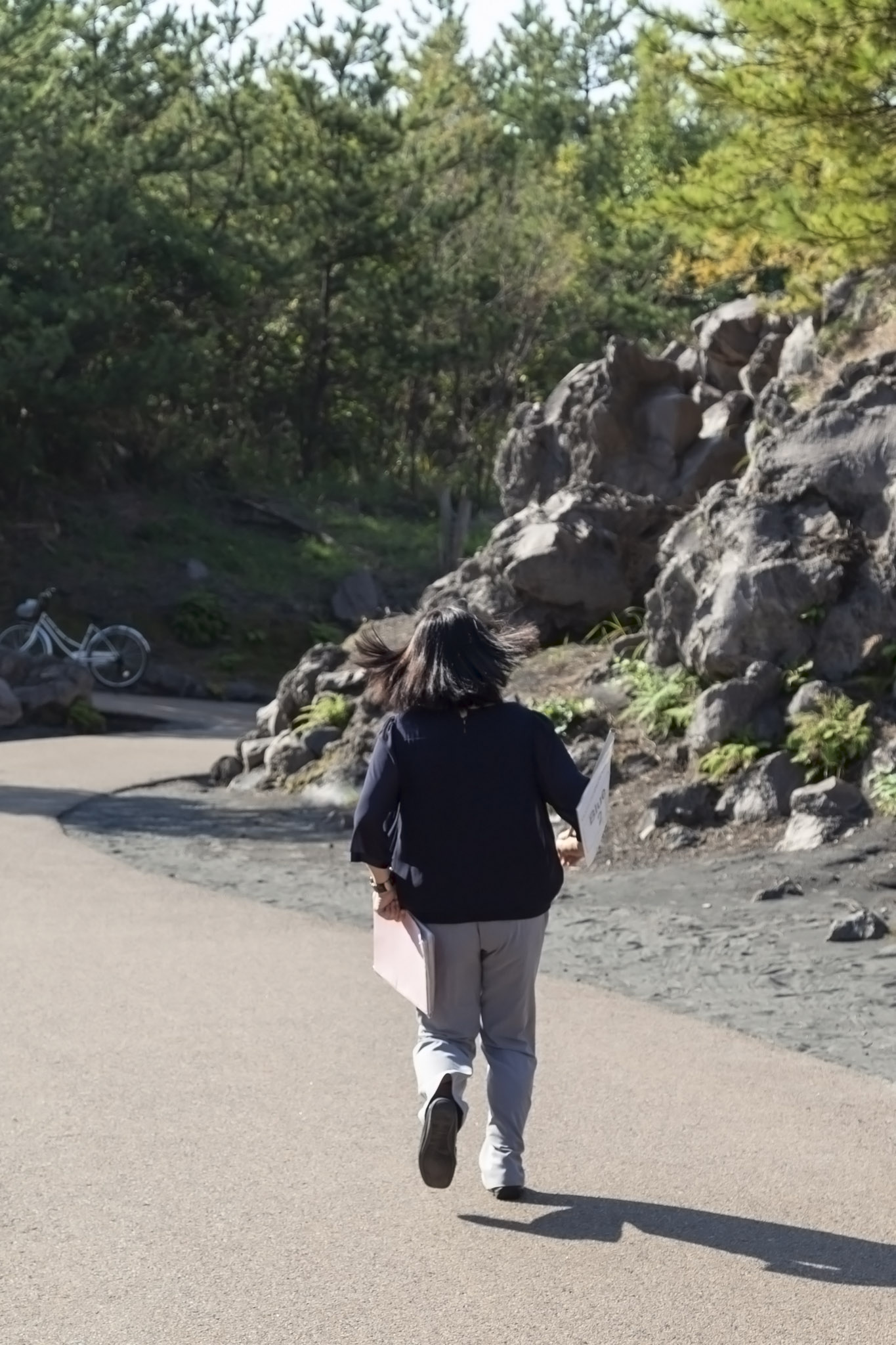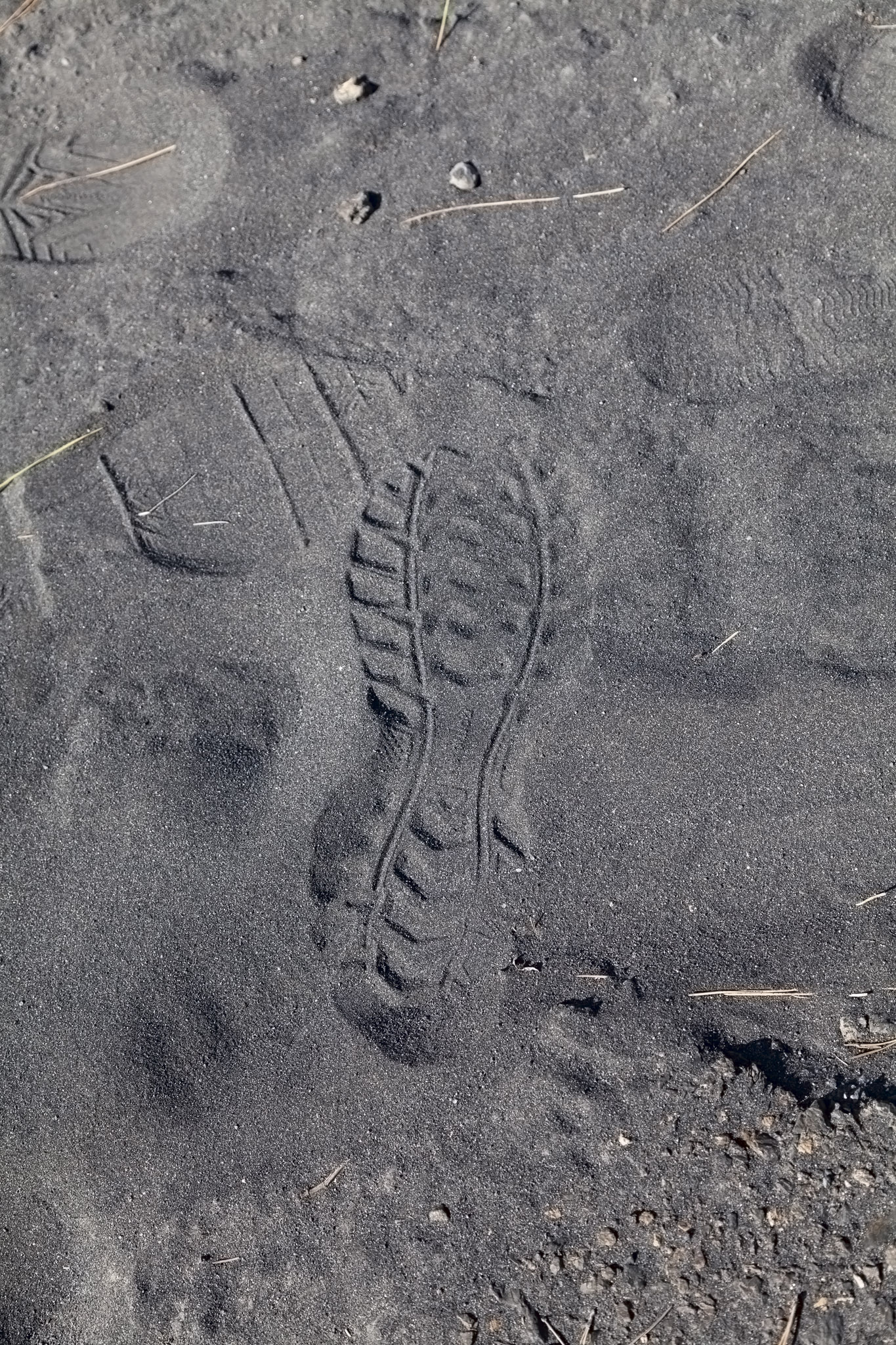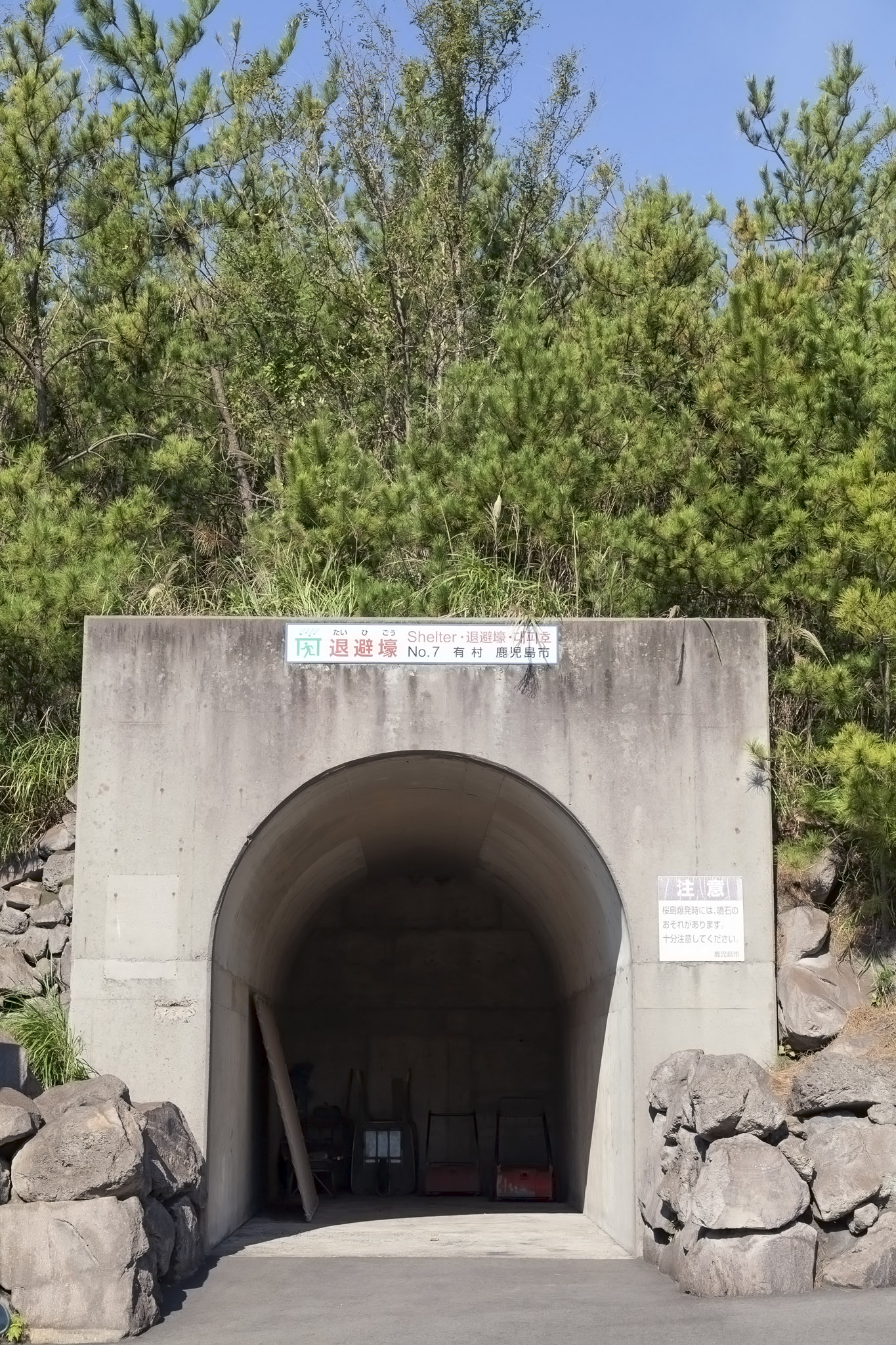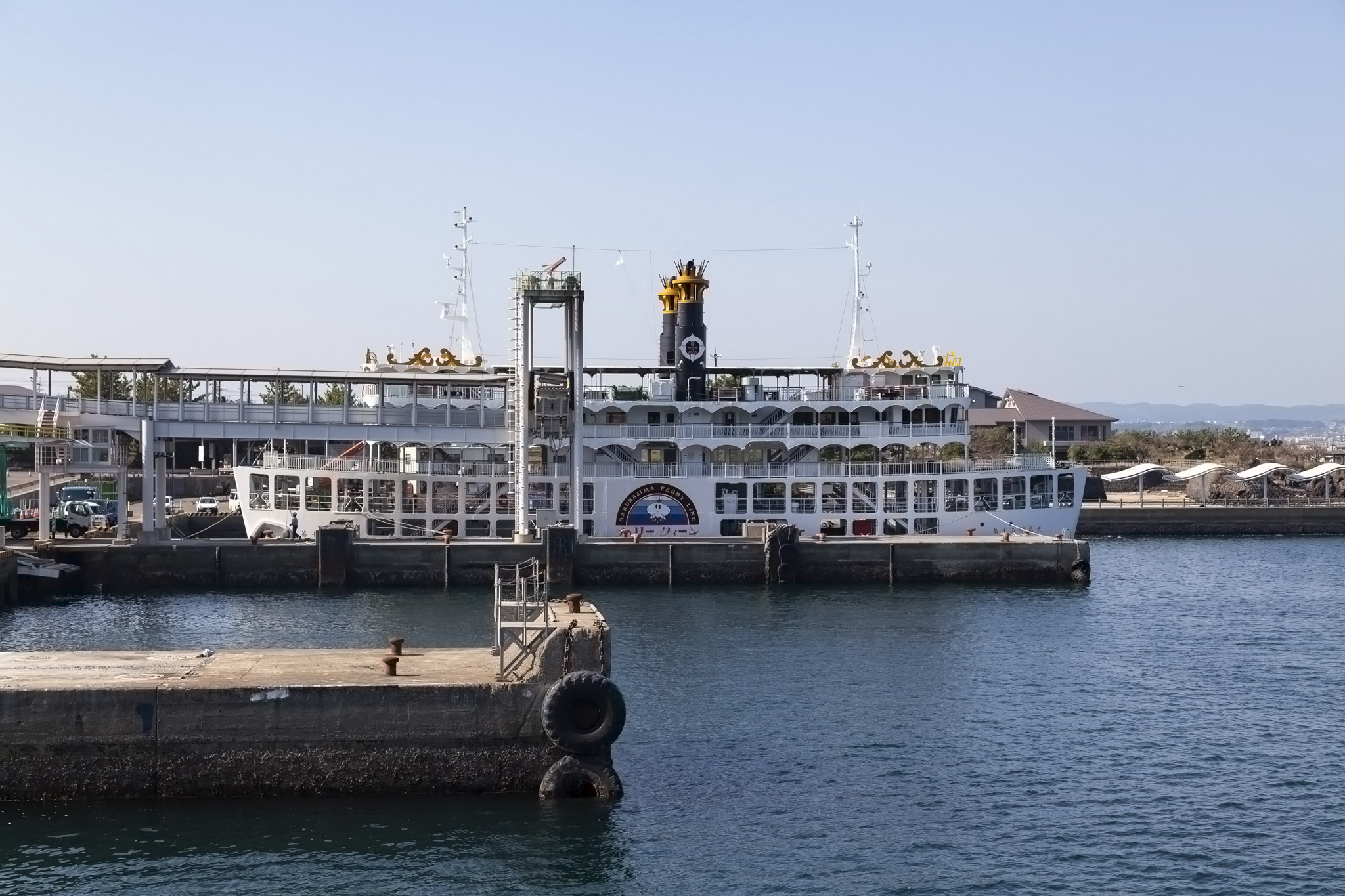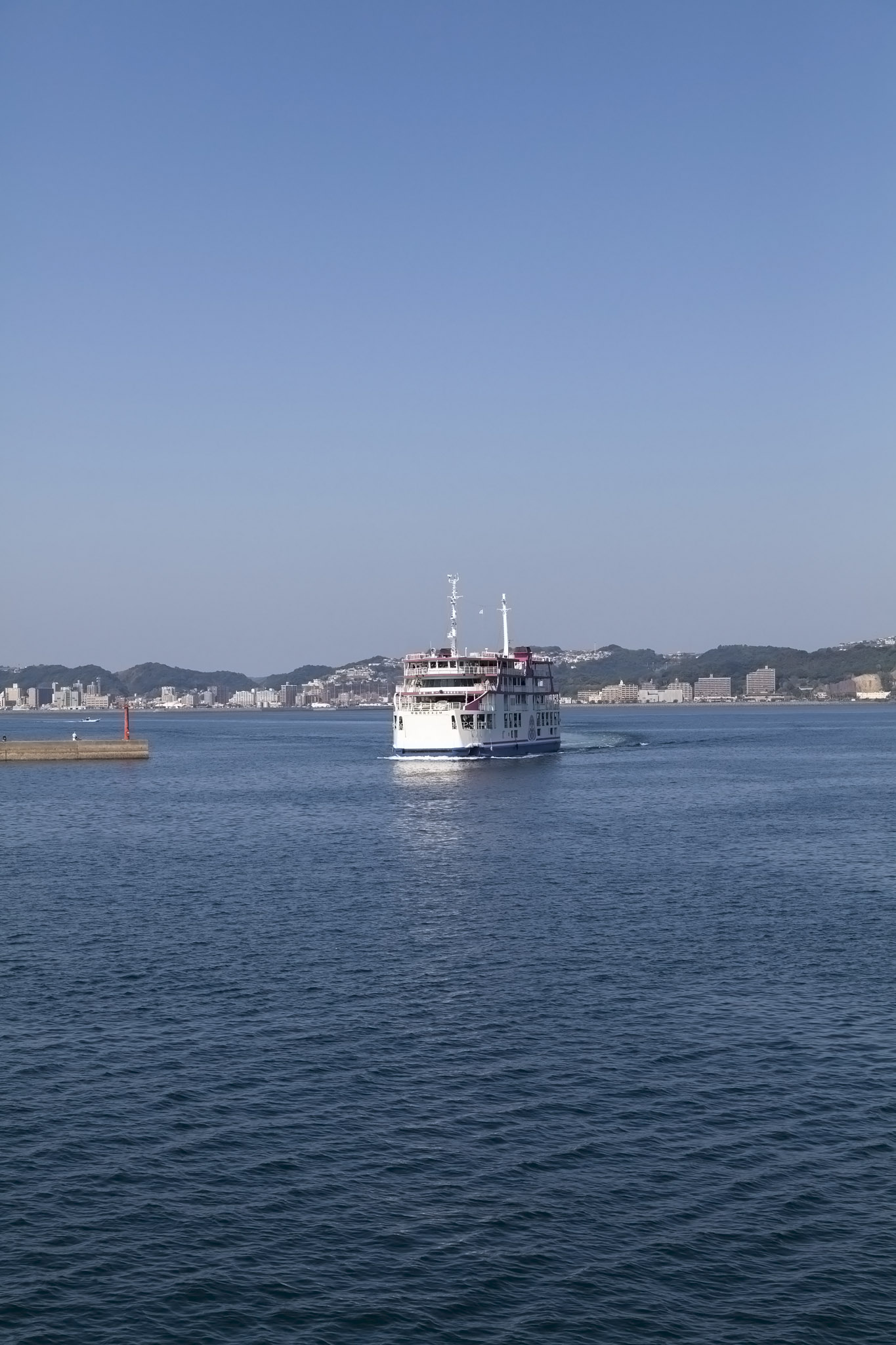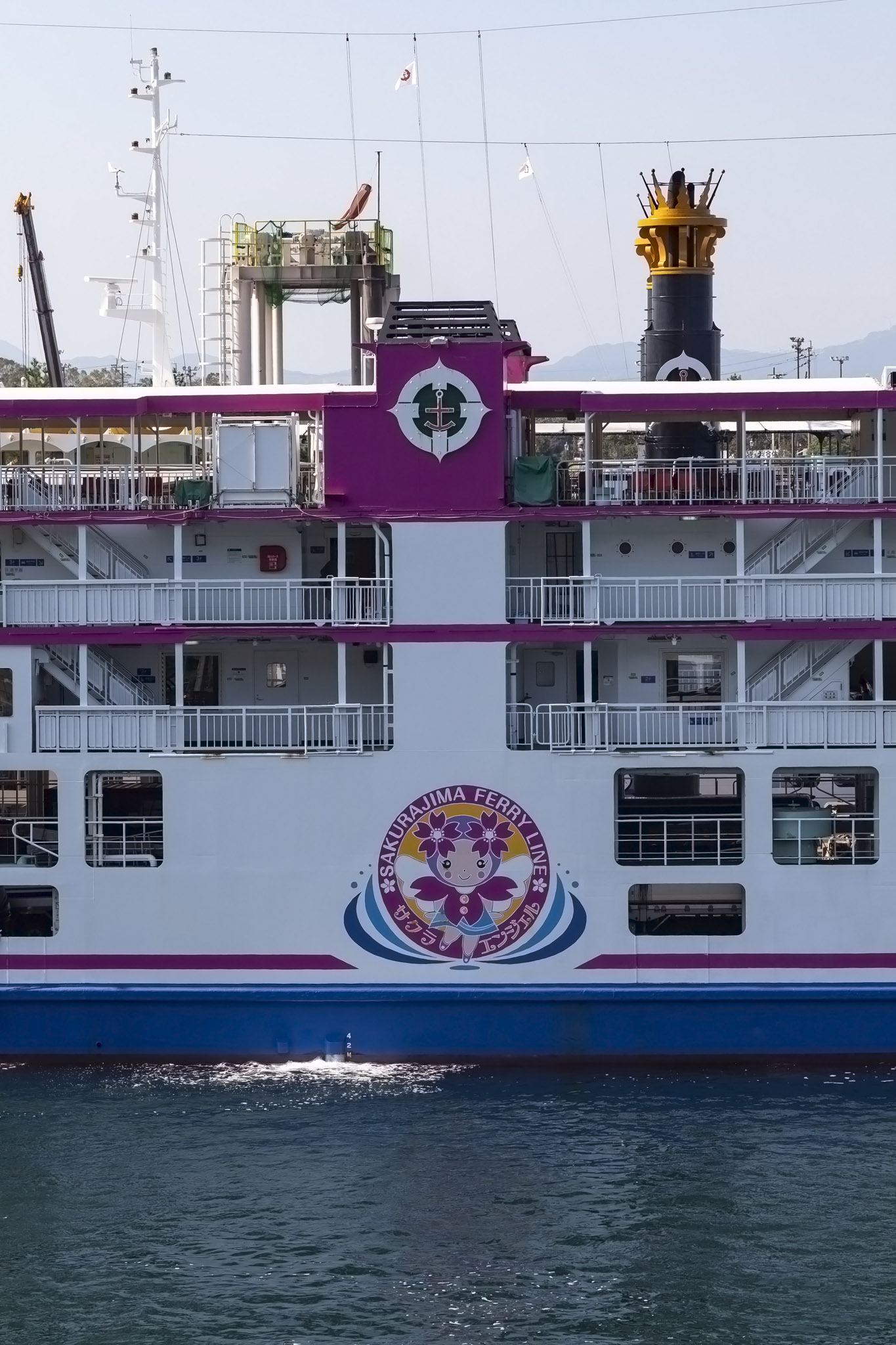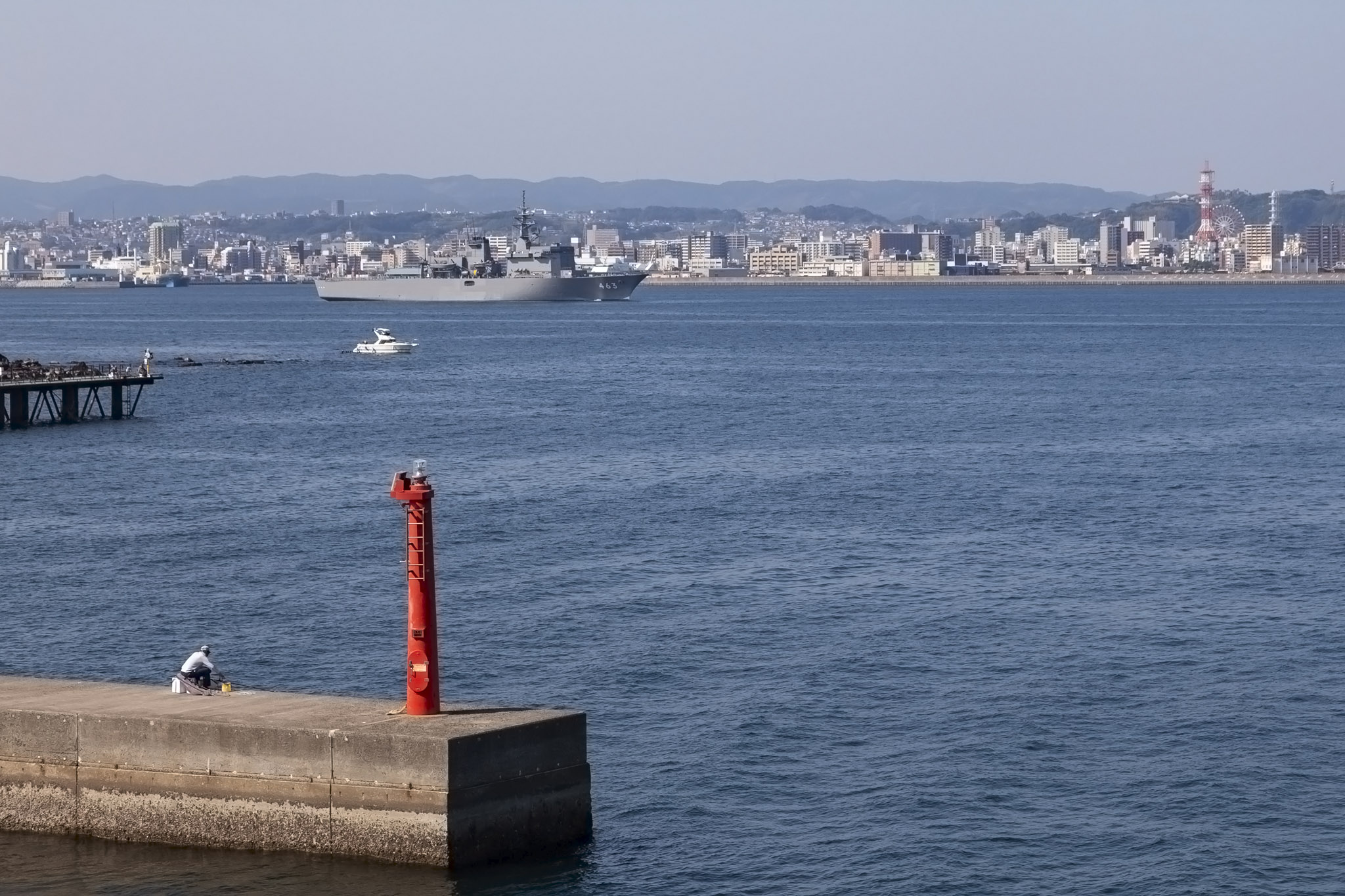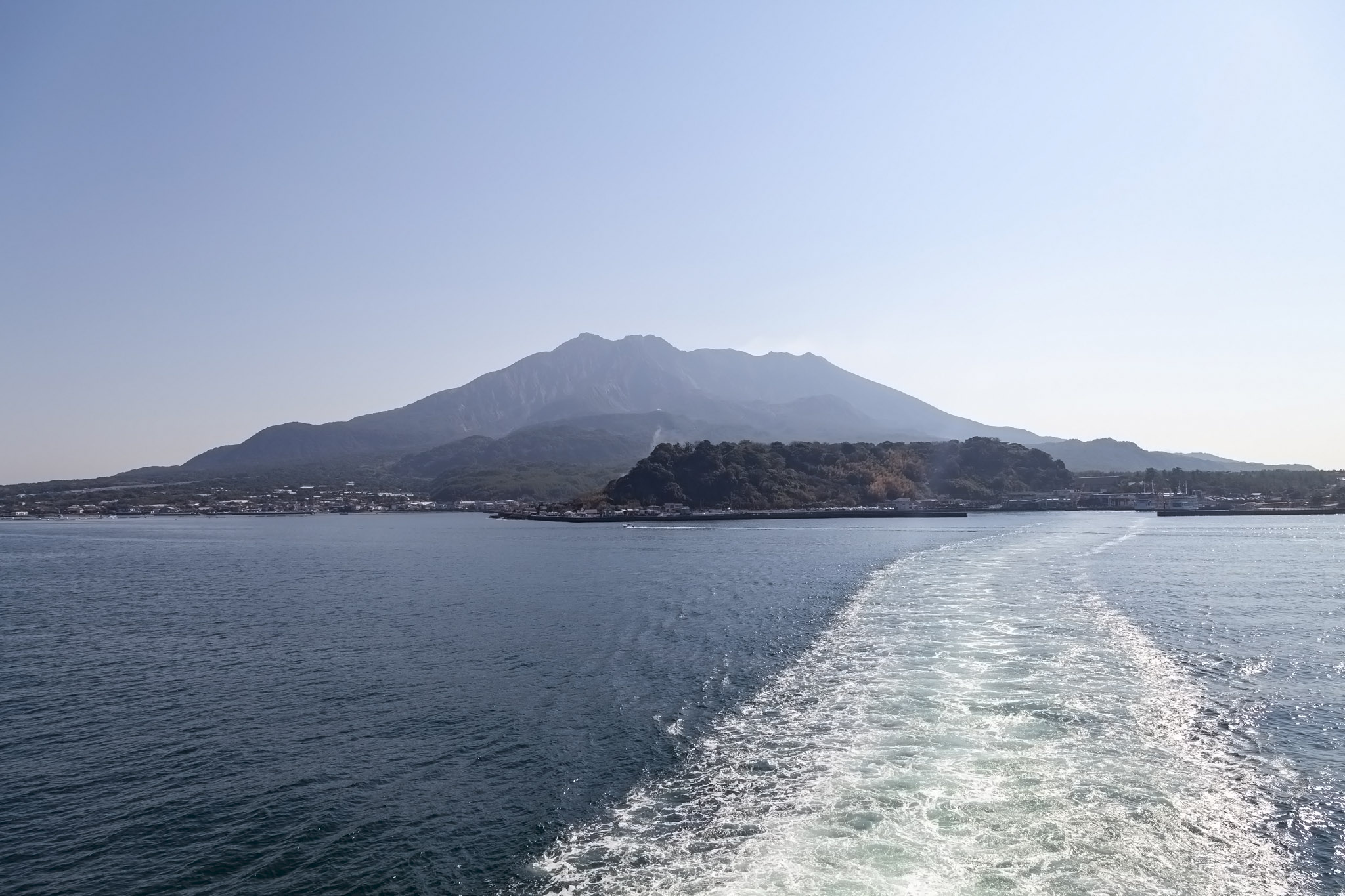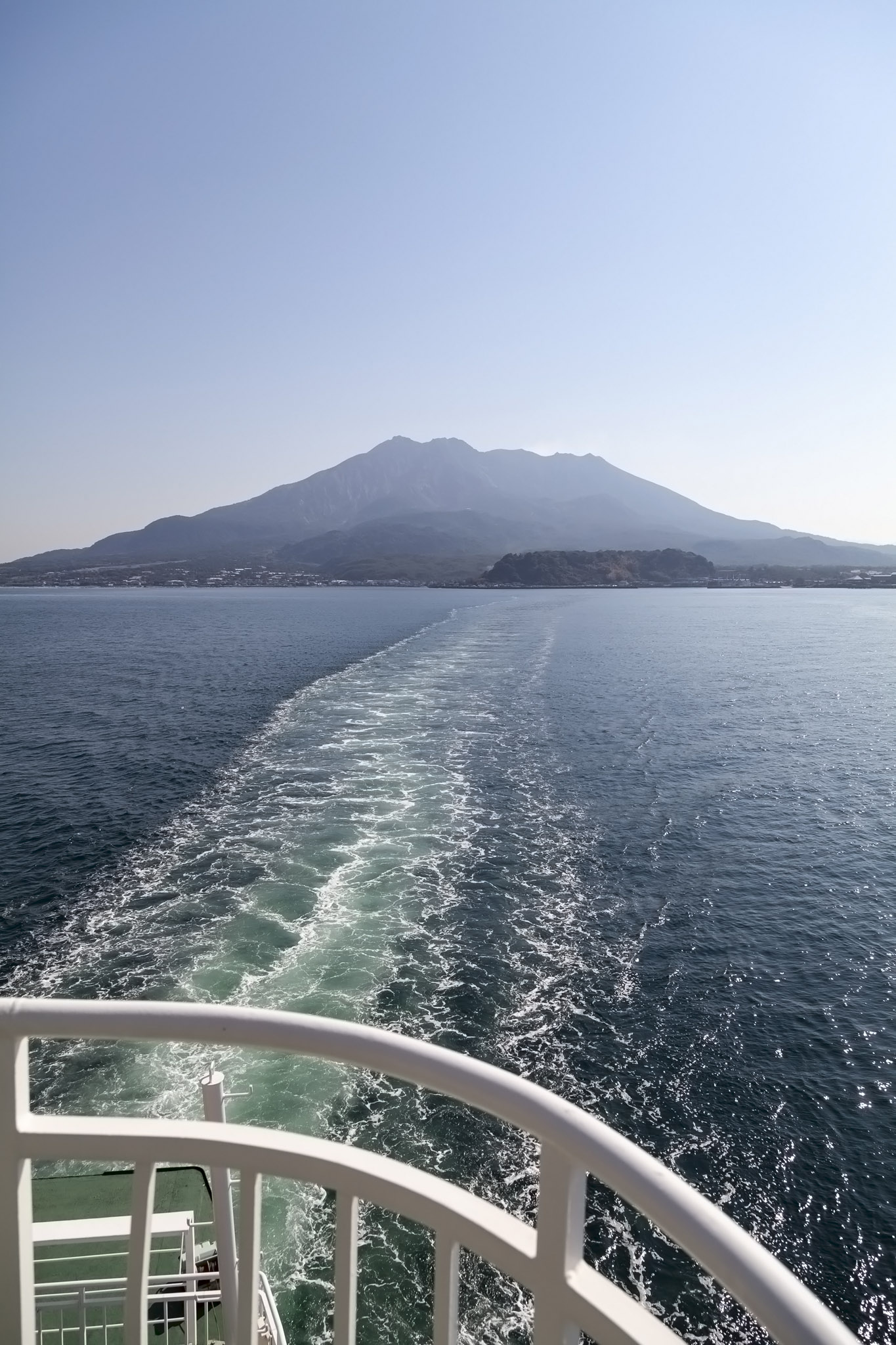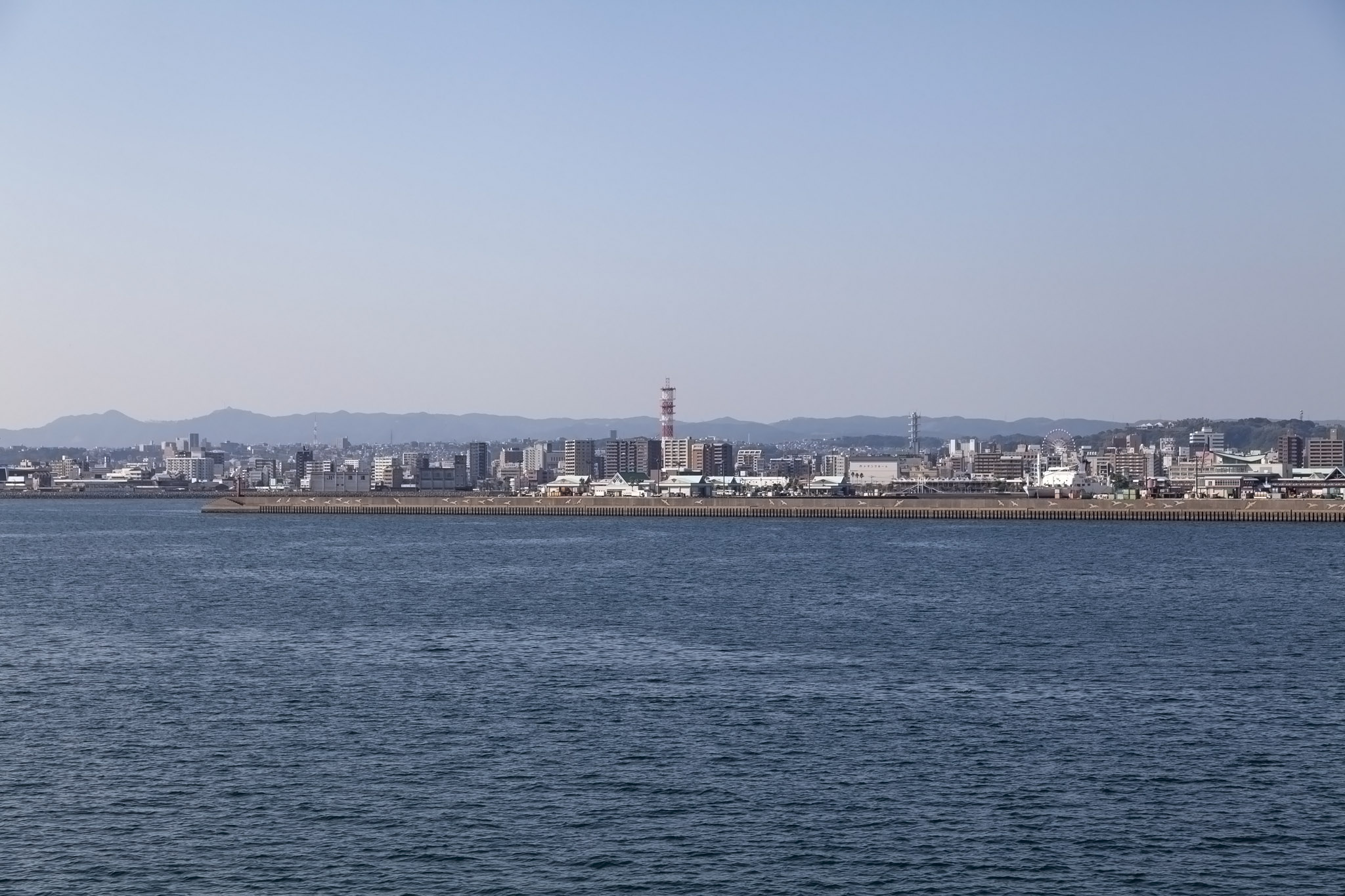After a relaxing day at sea before, the third day of our Princess Cruises Asian adventure aboard Diamond Princess saw us wake to find the cruise ship finishing docking at the port of Kagoshima on the Japanese island of Kyushu.
We can’t pretend we’d heard much about the city or its status as capital of the prefecture or its location in the Satsuma province or its role in kickstarting Japan’s industrial revolution prior to our arrival but we would discover all this and much more during the full day’s excursion we had booked with Princess Cruises. That would mostly happen in the late morning and afternoon; first up, though, and the main reason for our selecting this particular excursion, was a visit to the volcano Sakurajima, one of the most active volcanoes in the world with hundreds or thousands of mini-eruptions every year.
We boarded our coach and set off from the port area which looked quite pleasant if a little distant from much of interest if you wanted to walk off on your own. The drive through Kagoshima wasn’t particularly interesting visually or fast. Roads were if not clogged with traffic then at least not that conducive to keeping the vehicles on it moving easily. Still, our guide distracted us from scenes of buildings and traffic jams with a running commentary of the city’s history explaining how it was the home of the Shimazu clan, at one time the richest of the “outsider families” of Japan, helped by the island nature of the territory making it harder for other clans to take it over.
We drove north for a couple of kilometres until we reached the ferry boarding point very close to the Kagoshima Aquarium. We had a short wait as we had arrived just as a ferry was departing but this couldn’t have been longer than ten minutes before another one was in place and our coach could drive onto it.
We were given the option of staying on the coach for the twenty or so minutes it was being ferried across from Kagoshima to Sakurajima or we could wander up to one of the viewing decks. Of course we went to the viewing decks; I think everyone did. While it was a fairly short ride and the weather was bright and sunny and otherwise warm there was quite a bit of wind whipping across the open spaces and as the ferry got past the lighthouse markers on the artificial harbour walls that picked up noticeably and it got a little chilly at times. Should you need their services then the ferry has toilets on it and the sorts of vending machines you see everywhere in Japan.
We were back on the coach shortly before the ferry docked at Sakurajima. Prior to 1914 Sakurajima had been an island and only accessible by boat. In 1914 an eruption filled the bay to the east of the volcano with lava and ash which turned the location into a peninsular with road access but the ferry was still the shortest and quickest route to get from the main city. Our guide informed us that Sakurajima erupted almost constantly, typically puffing up smoke numerous times per day and that the residents had special bags for cleaning up and collecting ash that were taken away and disposed of for free.
Our coach then drove off the ferry and headed towards the Arimura Lava Observatory to the south of the volcano. On the way we passed numerous, wide, deep, concrete channels dug from the various craters and heading down towards the sea in order to offer a way to protect the people who still lived on the peninsular despite the constant ash fall should another big eruption take place.
The Arimurma Lava Observatory was about twenty minutes drive from the ferry dock. It is a free-to-visit lookout open all year around offering views of the volcano from a safe(ish) distance. At the car park area were a number of stalls set up offering souvenirs or local produce and a fairly short, slightly uphill and winding path by the car park entrance circled around to the other side of it: this was the walking and viewing route that included a number of vantage points to observe the volcano to the north, Kagoshima to the west, and the large bay to the south.
The path was an easy walk since it was all laid down with black blocks and steps made from the local lava rock. Along the path at many points were large lava boulders but of course the eye was constantly drawn to the nearby sight of Sakurajima itself and more specifically, Minami-dake, the southern peak (of three) of the volcano that was currently active. During our time at the observatory we saw numerous puffs of steam burping from the top of the volcano.
We learned that the presence of Sakurajima volcano in Kagoshima Bay had an interesting effect on the local fishing because the higher-than-normal water temperatures from the various undersea volcanic vents attracted different sorts of fish than normally found in the colder, surrounding waters. High numbers of amberjack (or yellowtail or hamachi on sushi menus, such as that we’d eaten the day before in the sushi restaurant aboard Diamond Princess (and which had been possibly the nicest of the fish portions if we’re honest)) were farmed in the Kagoshima waters and exported all year round to the rest of Japan.
Despite the large amount of lava rock and ash present the area was very green. Our guide had told us that following eruptions in the twentieth century there had been evacuations from the island but some farmers had taken chances by returning to the large amounts of unclaimed land to see if they could grow anything. Many failures, as you’d imagine, but some successes too, including very large radishes, apparently.
At the northernmost point of the path at the observatory there was a wide open viewing platform area with uninterrupted views in all directions, sheltered seating spots, information boards, and one large piece of lava rock that had become the focus point for some luck-based tradition of leaving coins on it.
The trick to never getting left behind or being so rude as to delay an excursion for other people because you’re late back is to keep an eye on your guide if you can so as soon as we saw her head off towards the car park we followed in her wake, stopping only to leave a temporary impression of our visit in the ash, taking a quick look at one of the many lava shelters we’d seen dotted around the area which are apparently used fairly regularly in eruption evacuation drills, and picking up some local sweets from one of the stalls we’d seen earlier. Picking up weird sweets at the places we visited on this Asian cruise would be a regular occurrence for us.
We reboarded our coach, retraced our route northwards past the volcano, then made our way onto the Sakurajima to Kagoshima ferry and headed back across the water to the city.
This concludes the first part of our Princess Cruises excursion while in Kagoshima. In the second part we get to discover more about the Shimazu clan’s history, visit a formal garden, come face-to-face with Japanese spiders, have lunch, and pay a visit to a shochu distillery.
